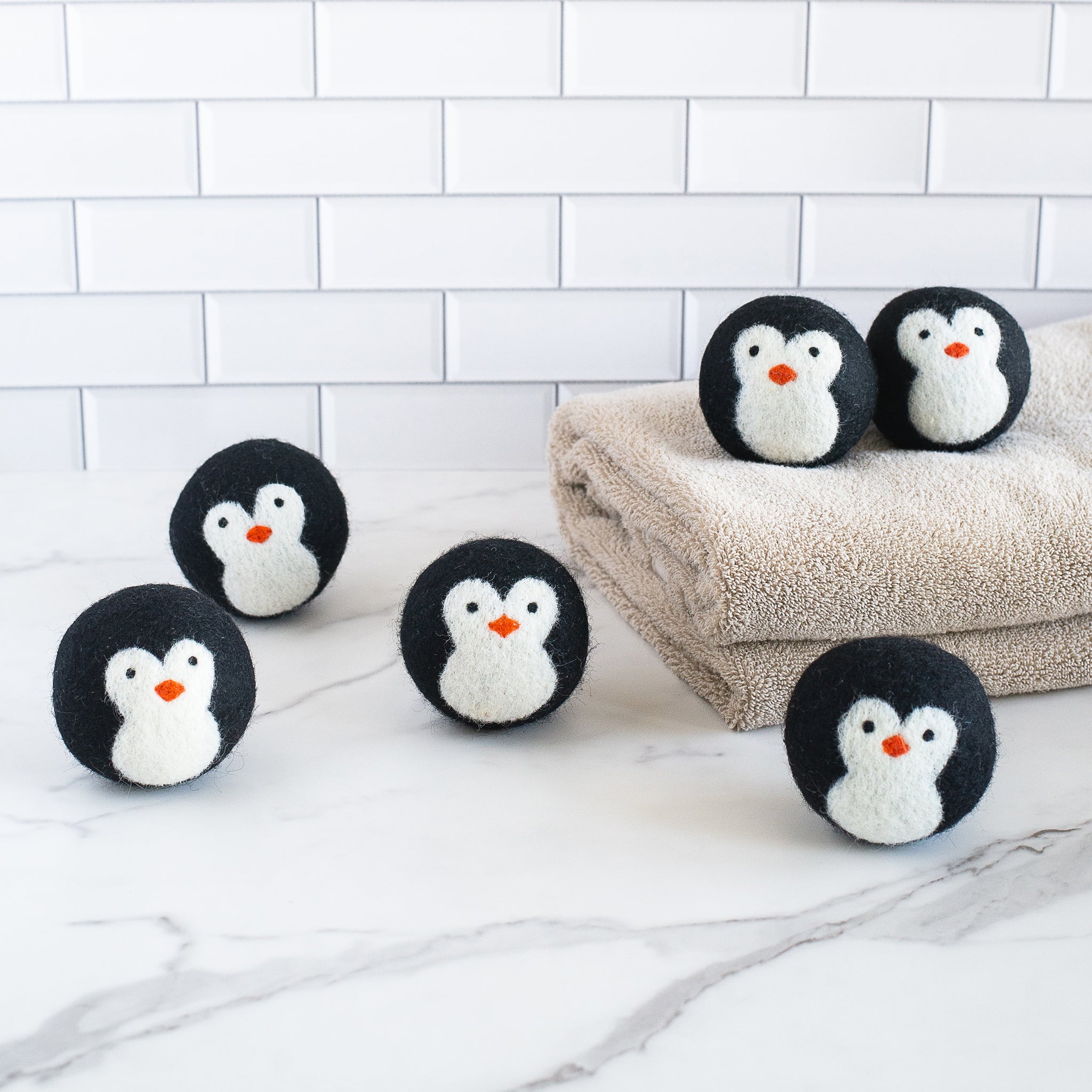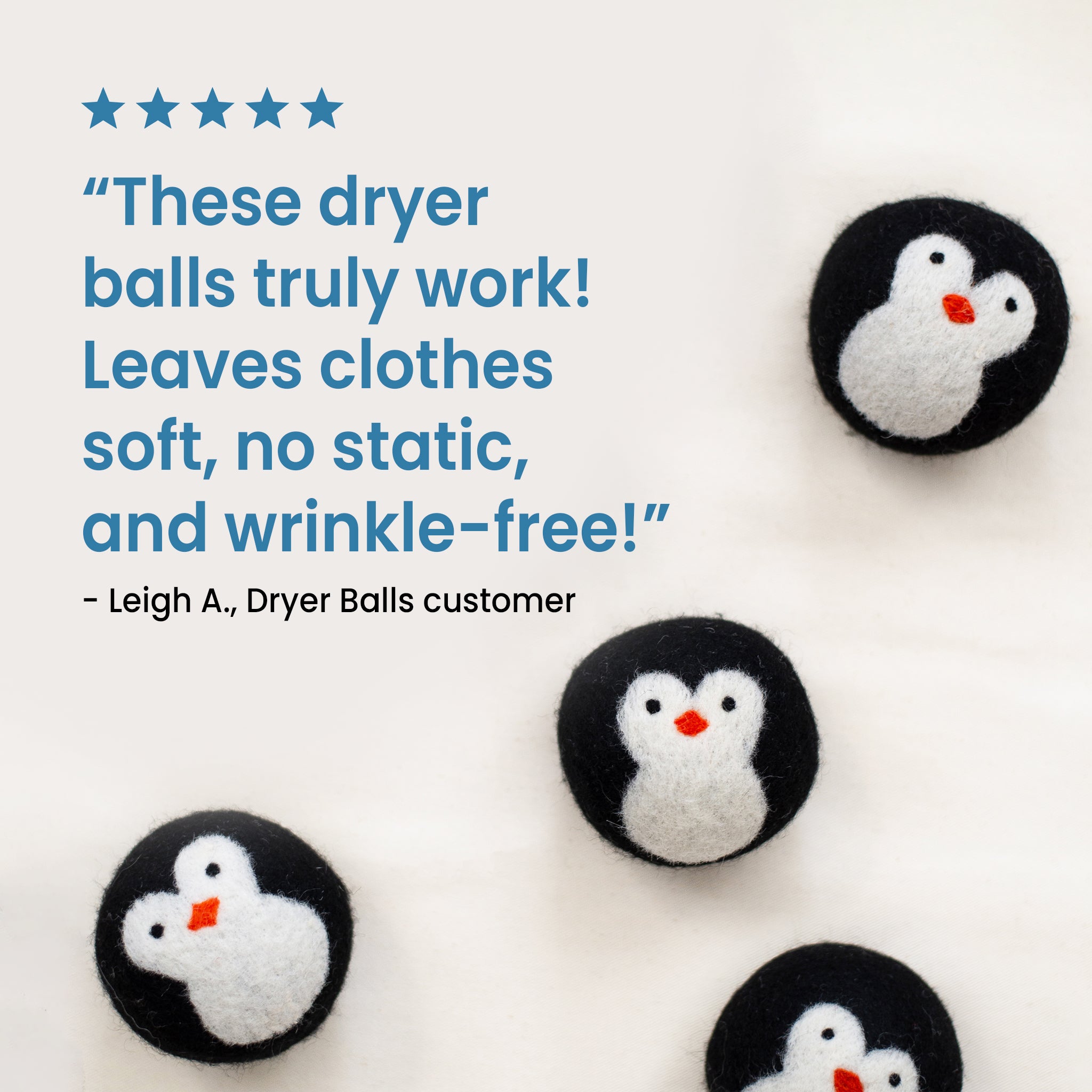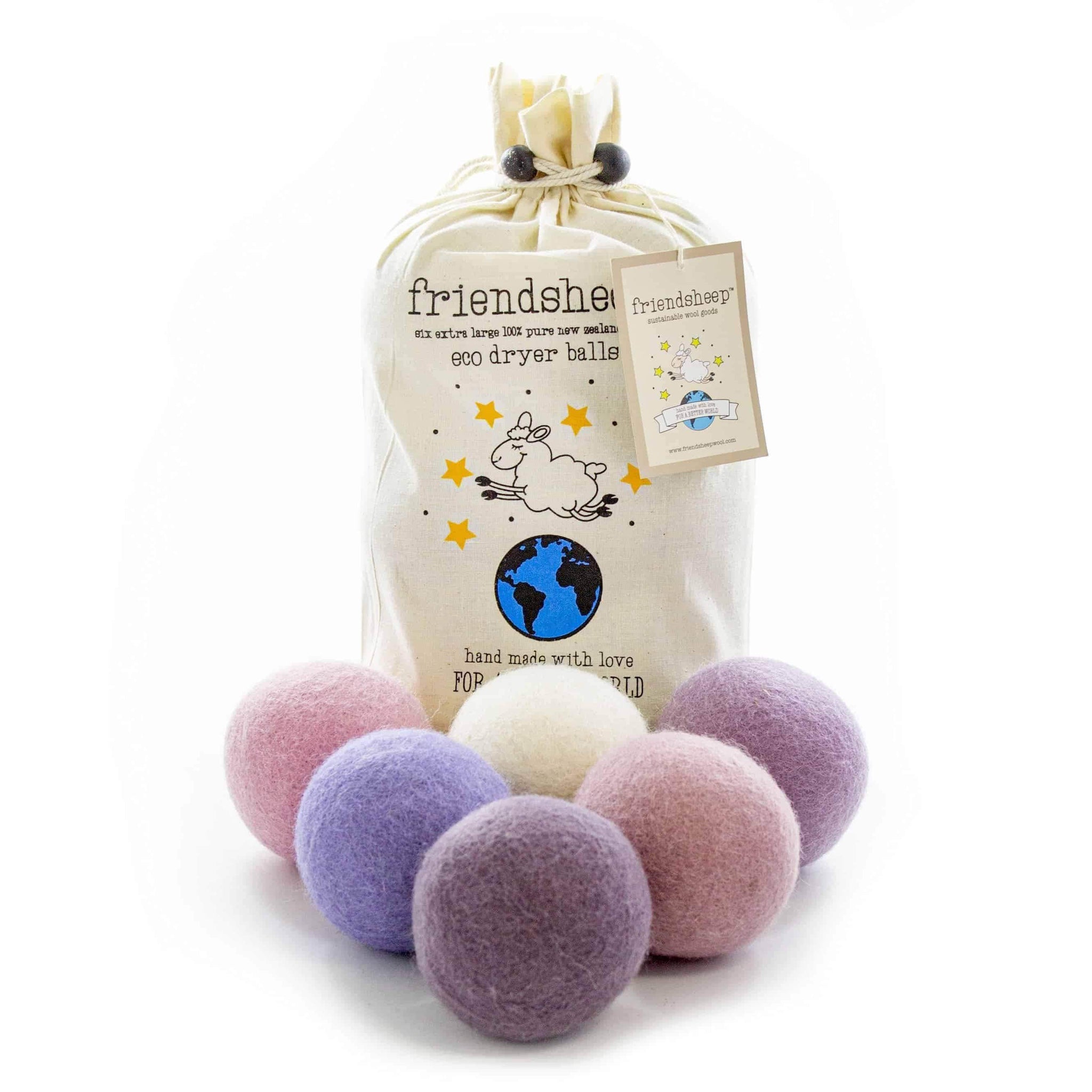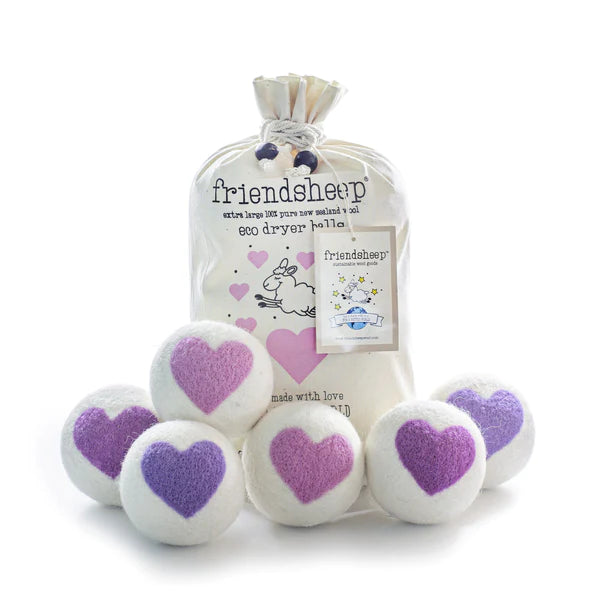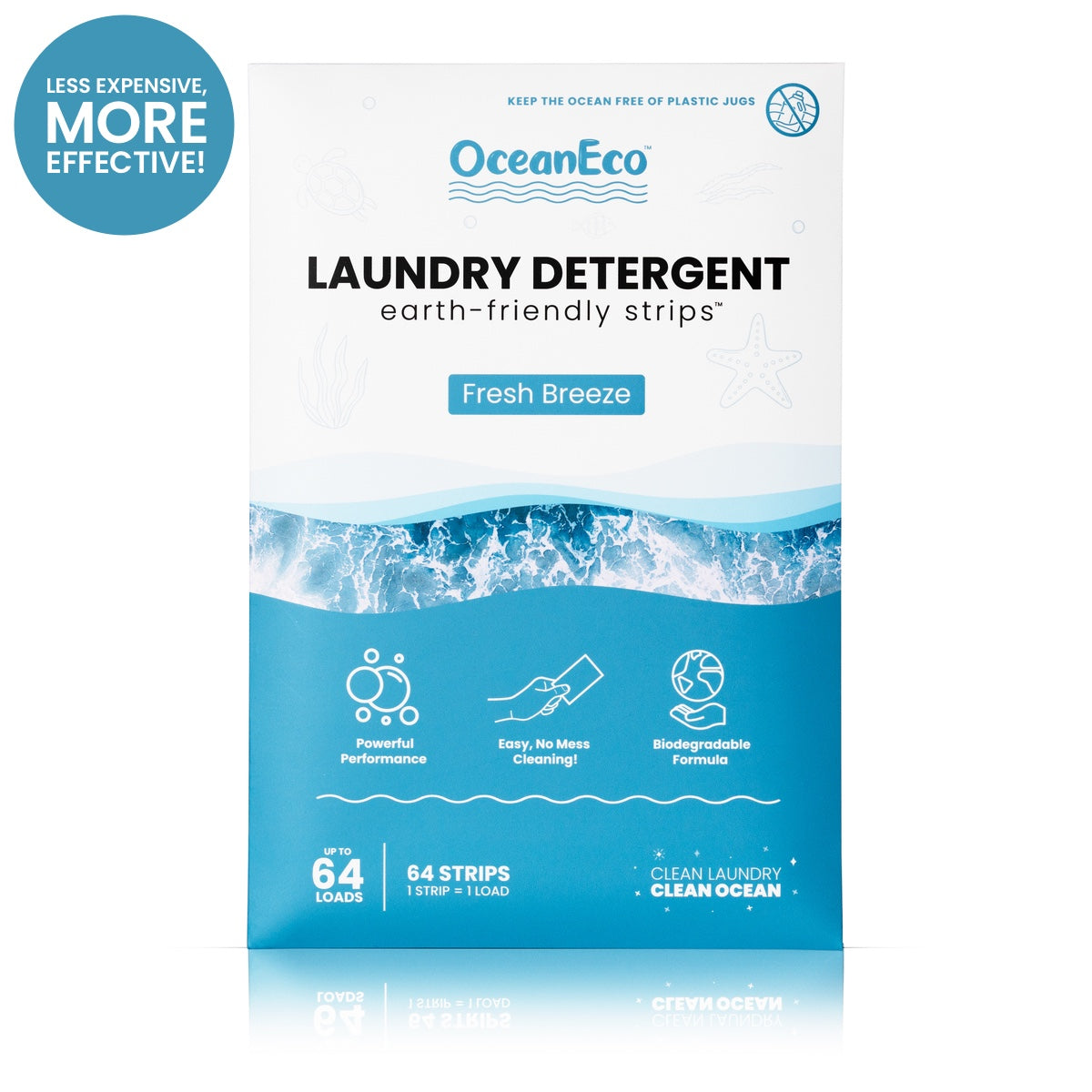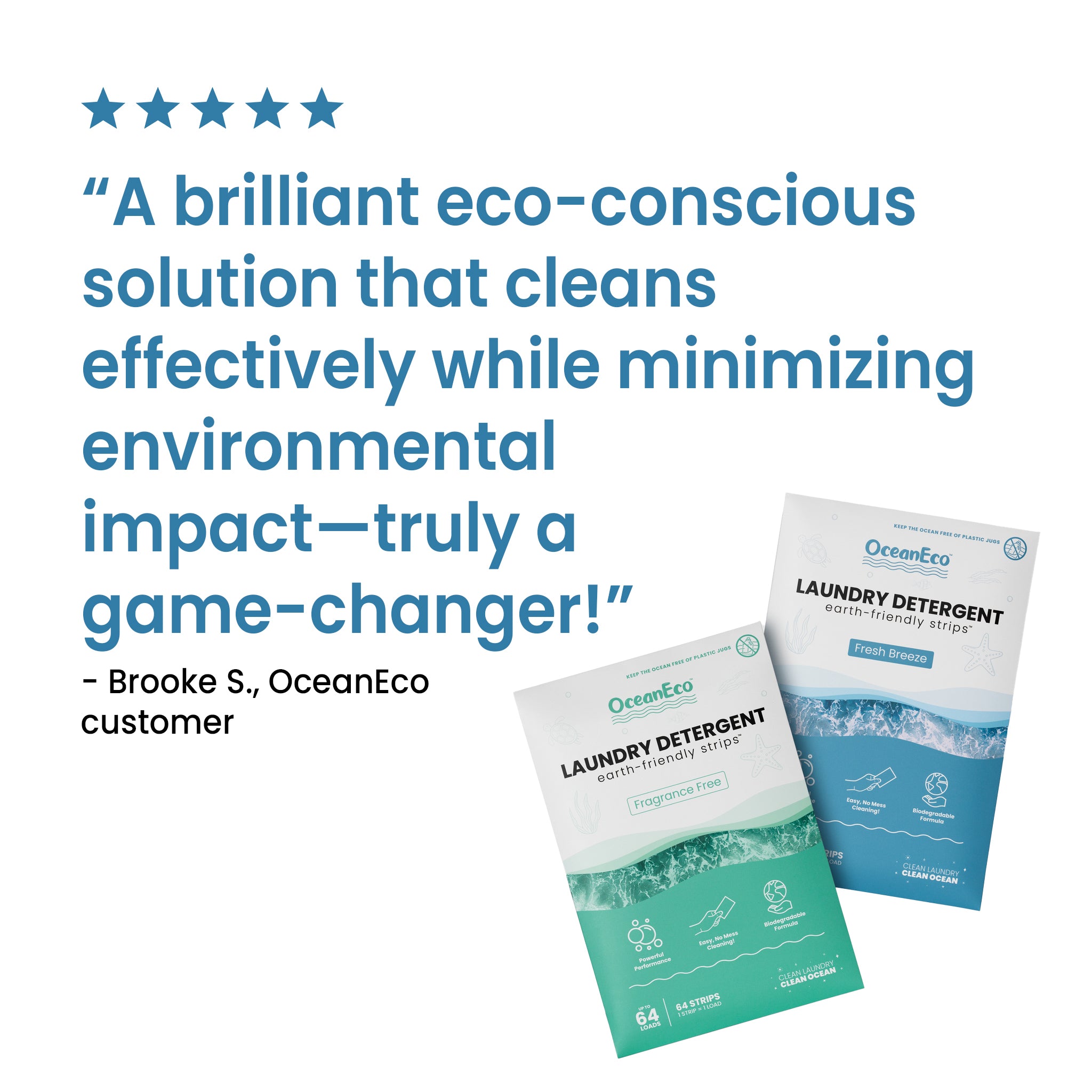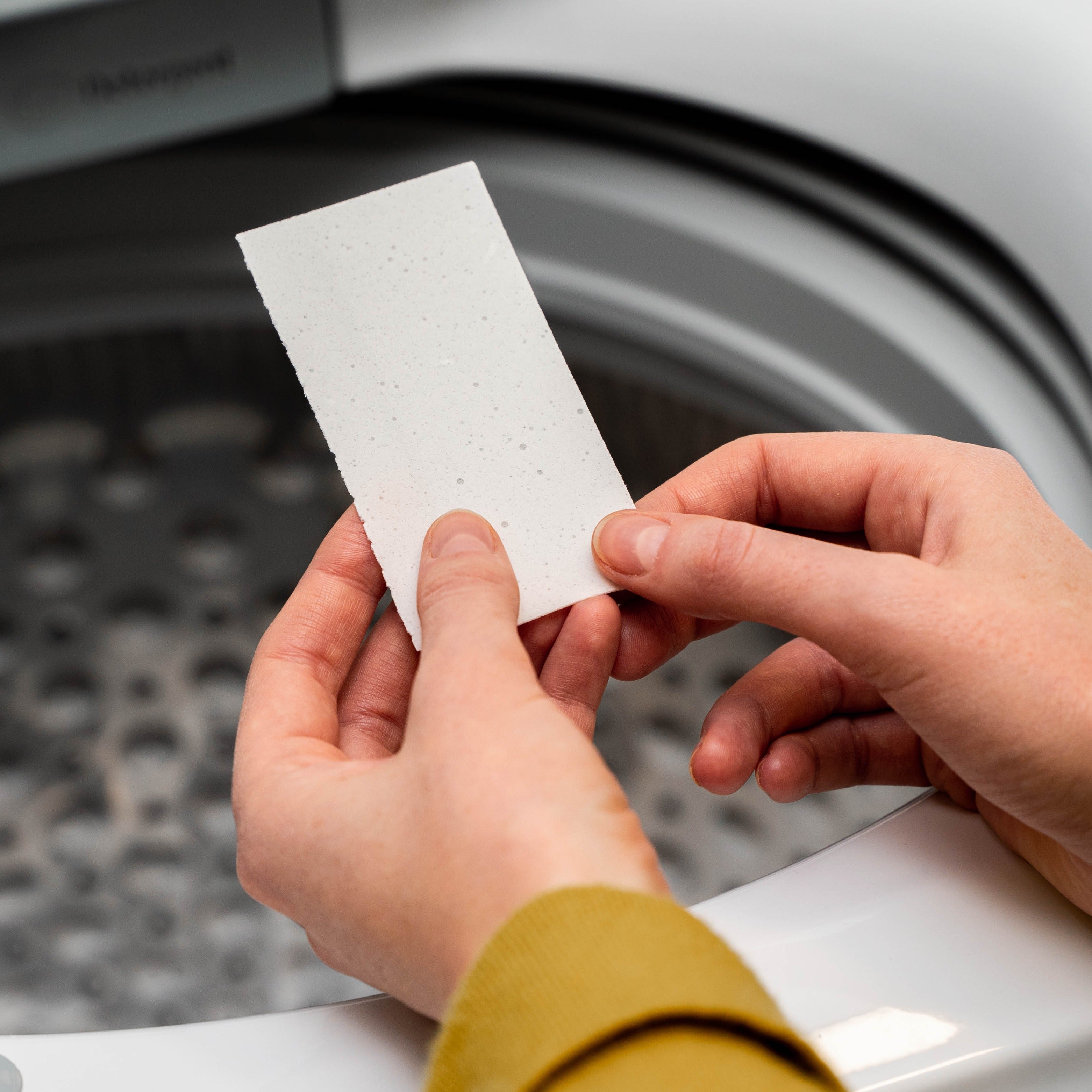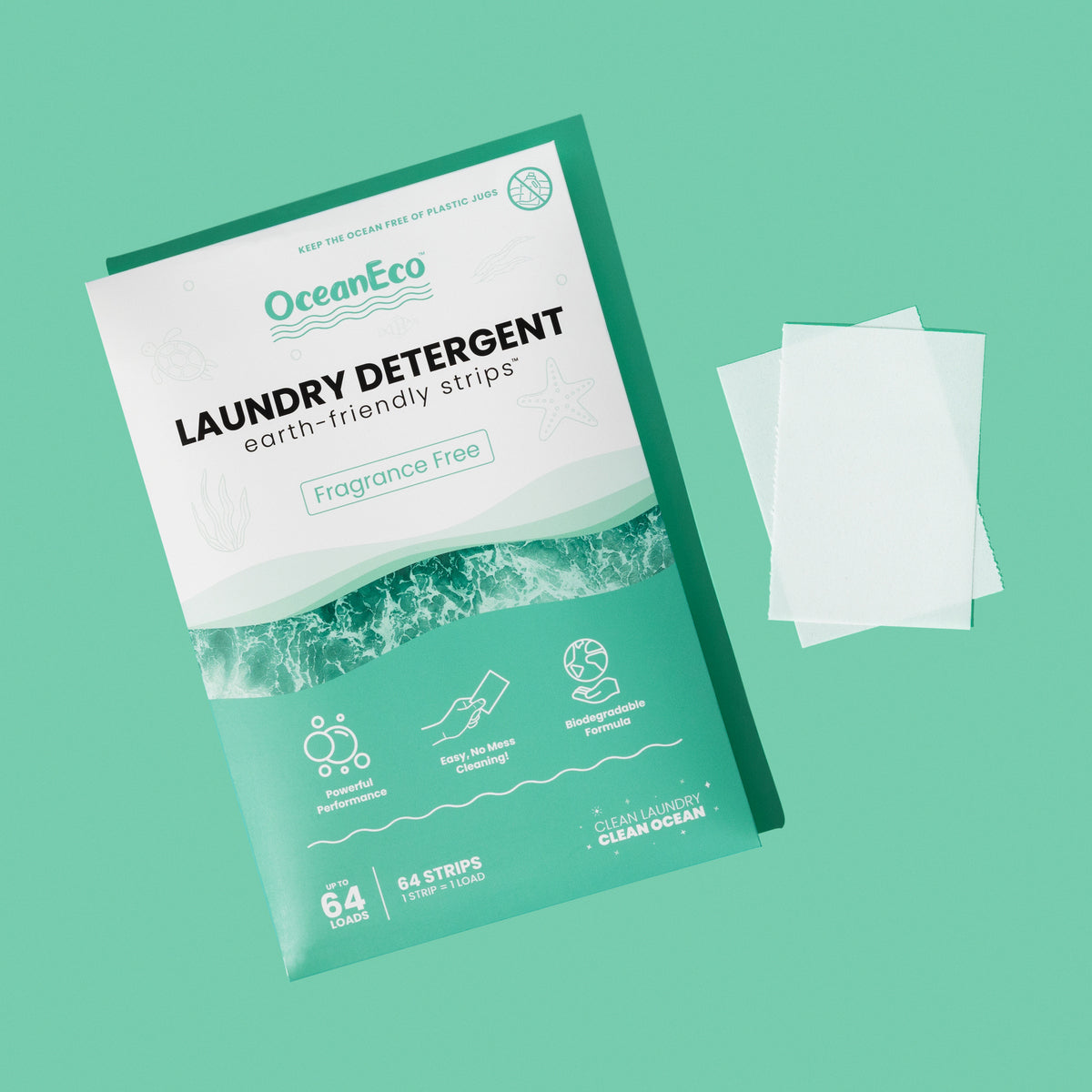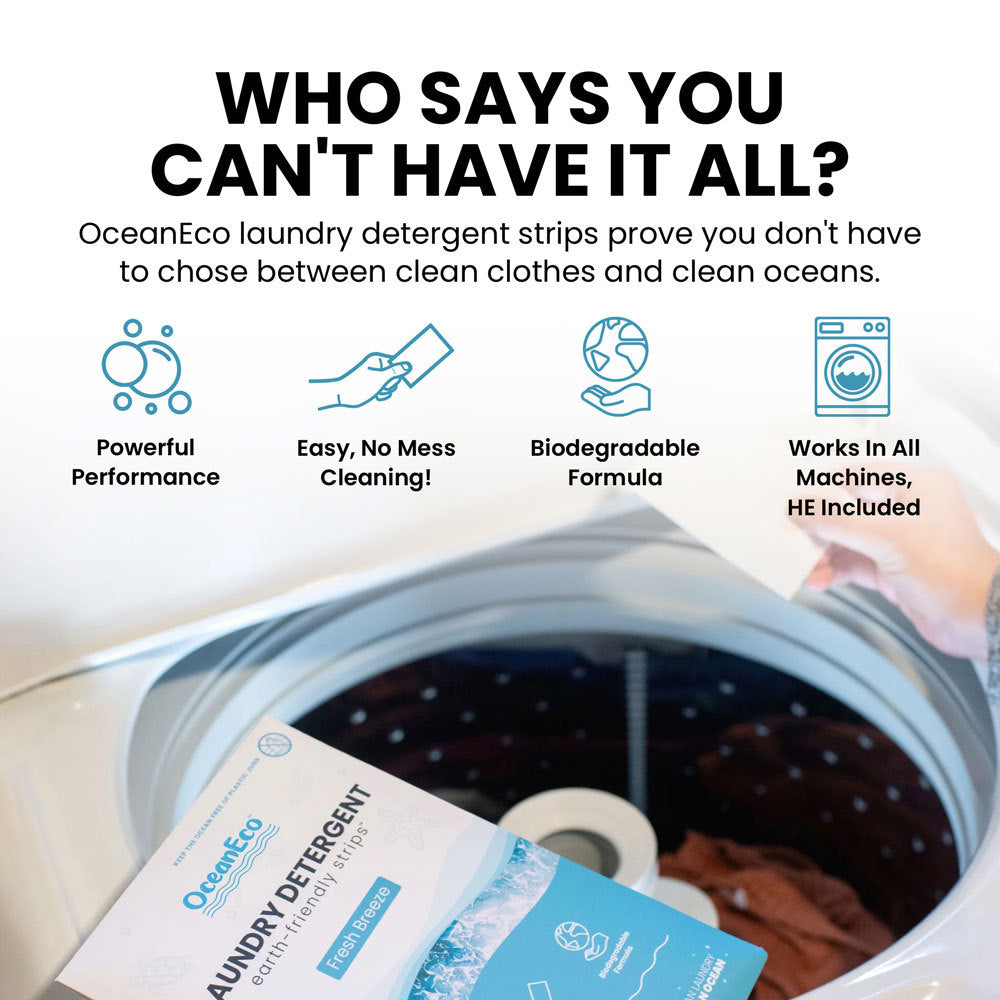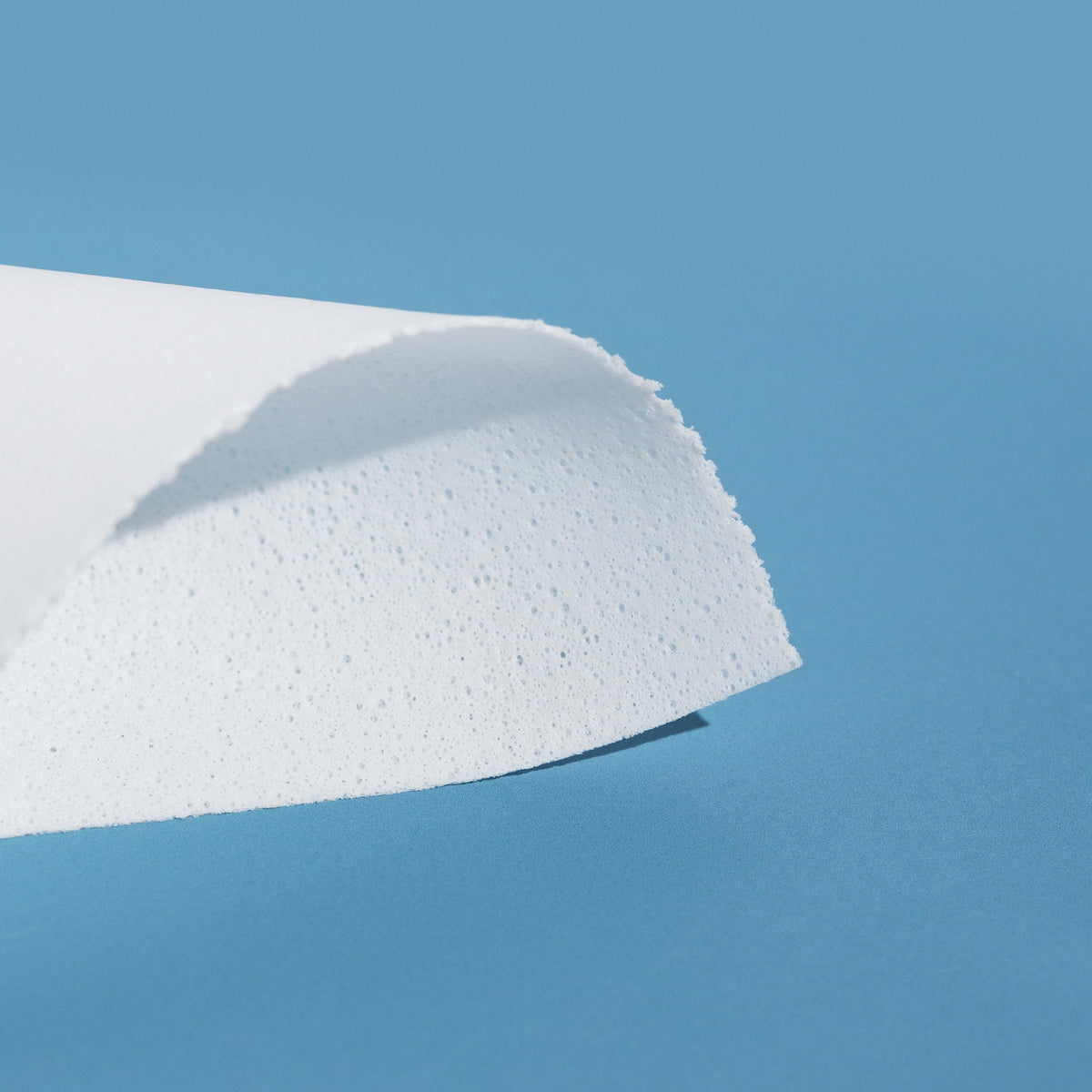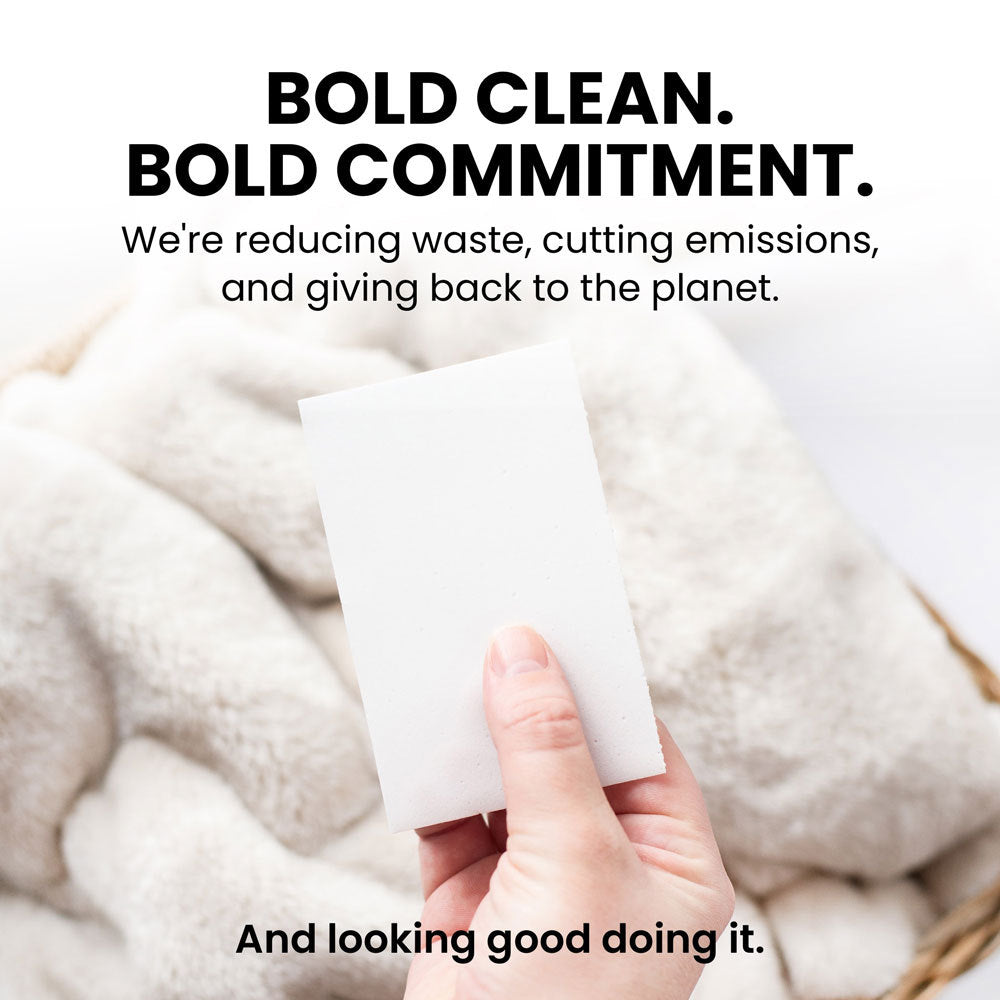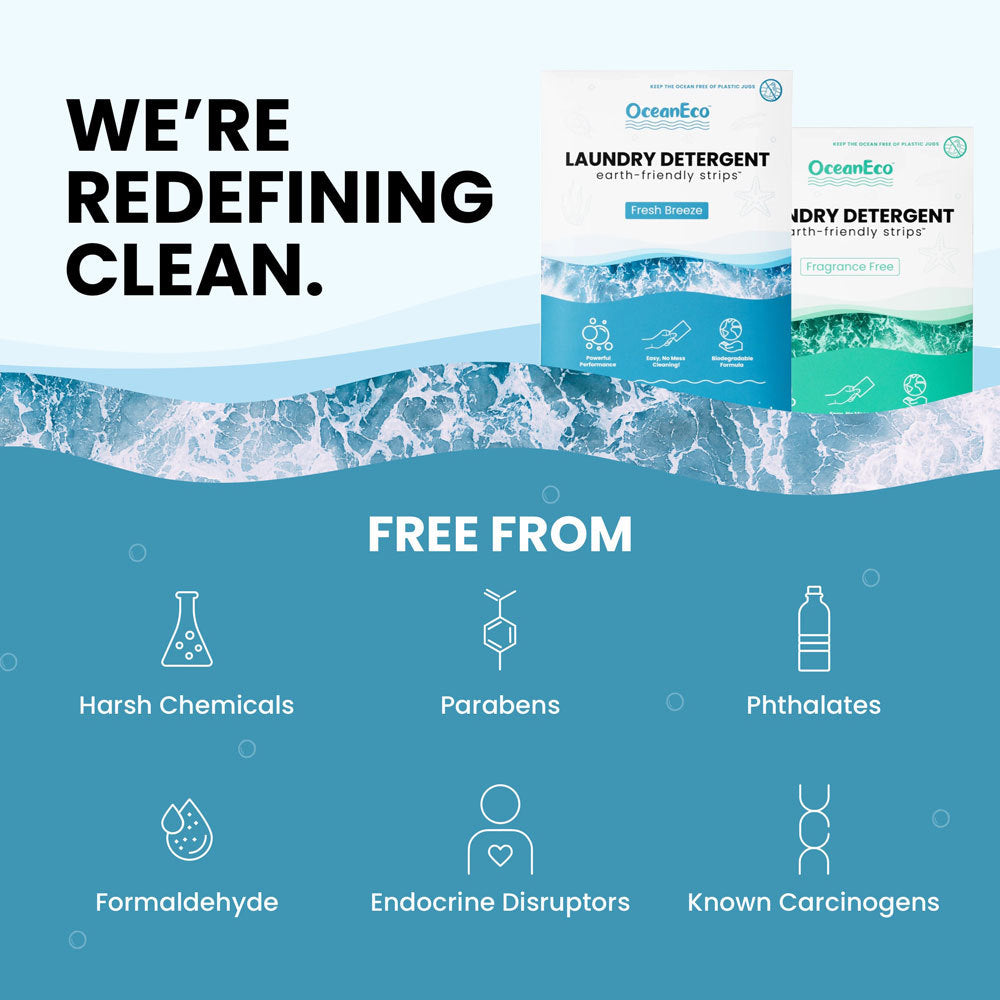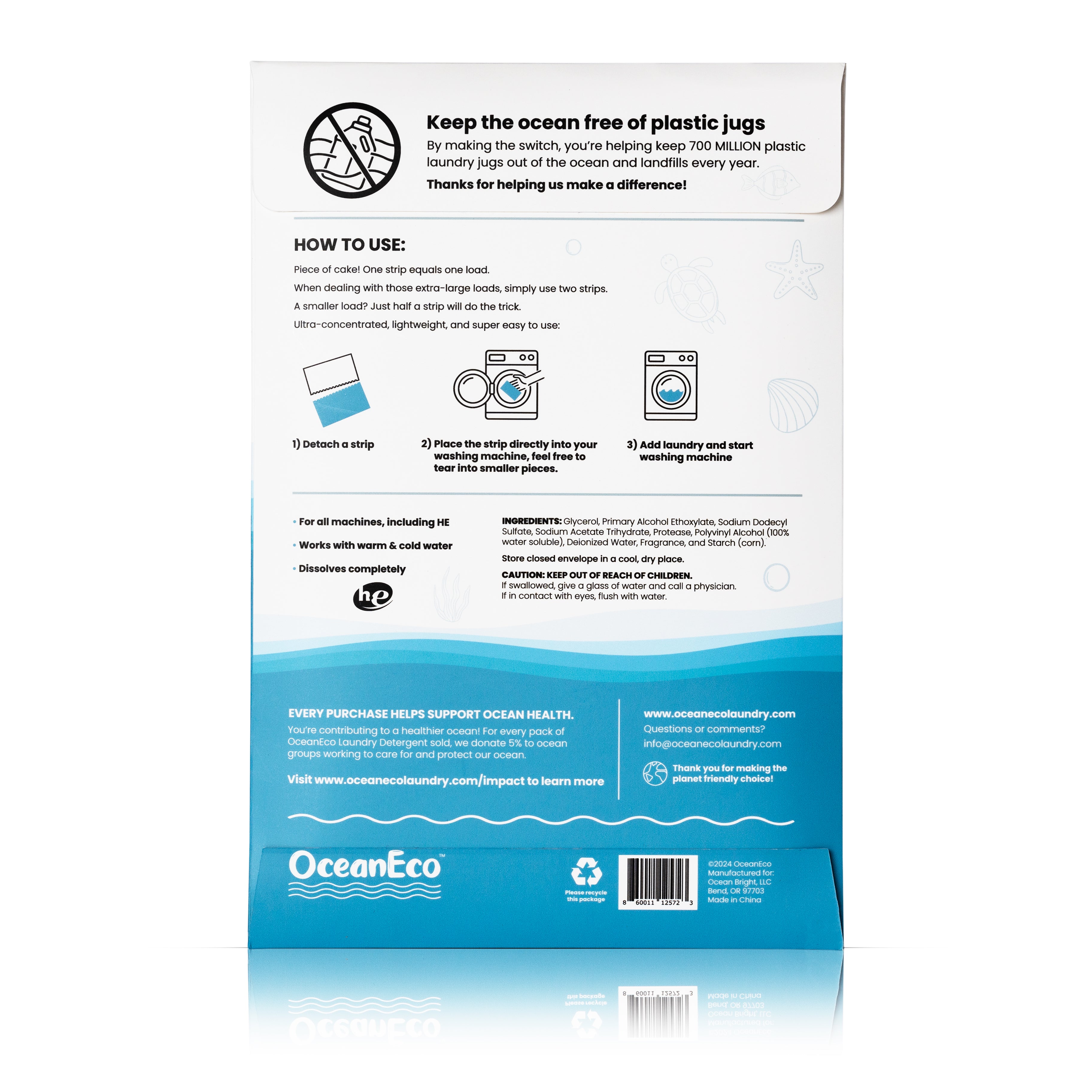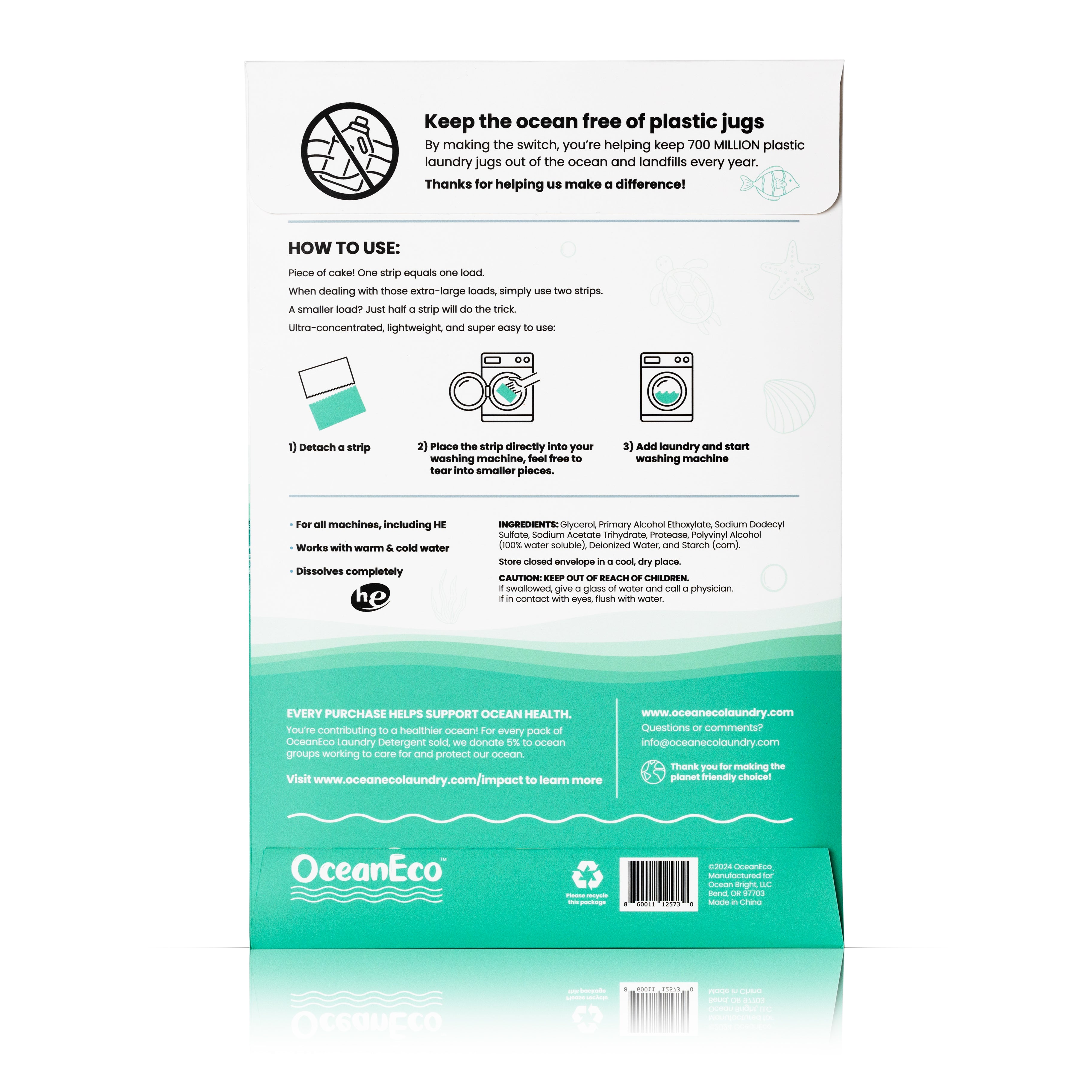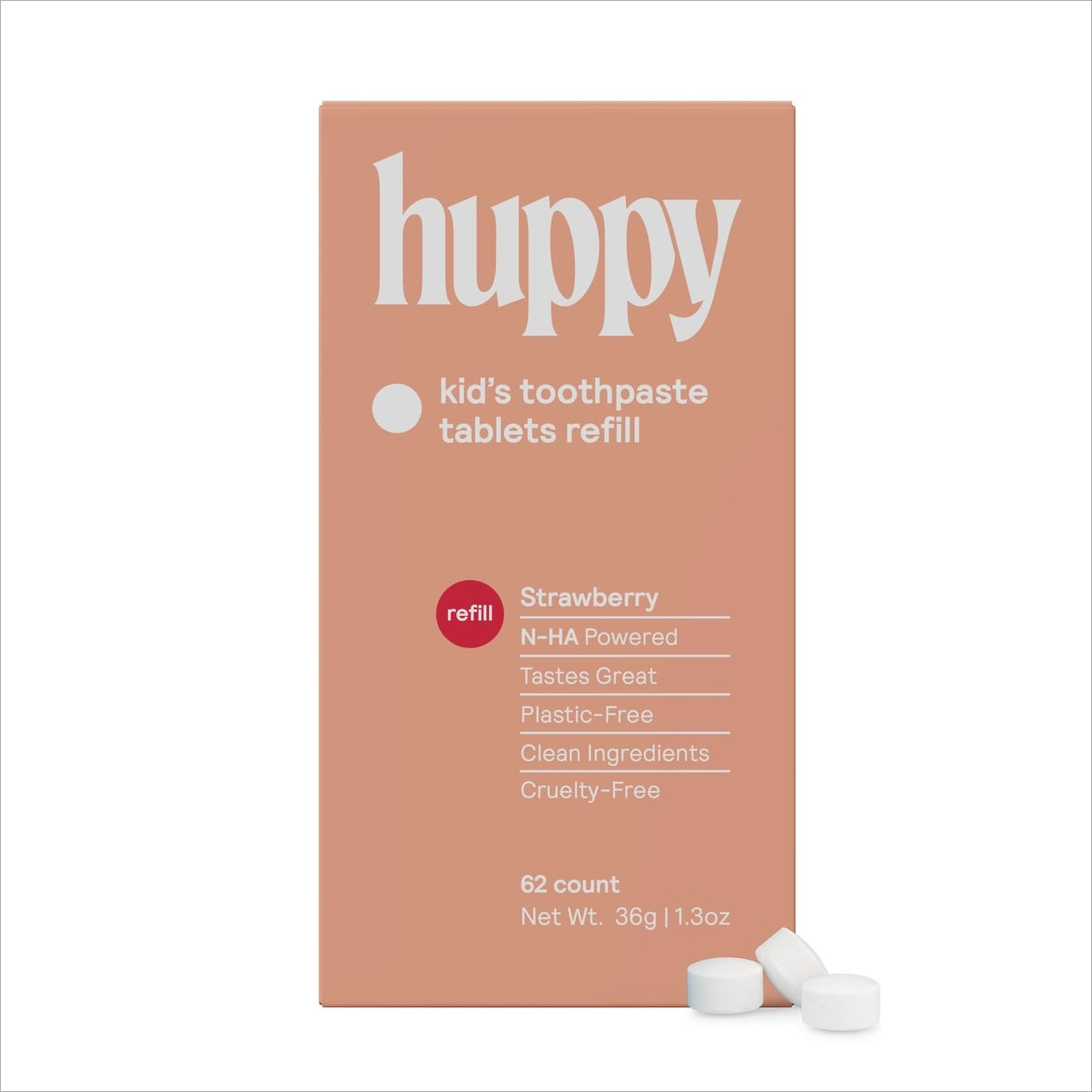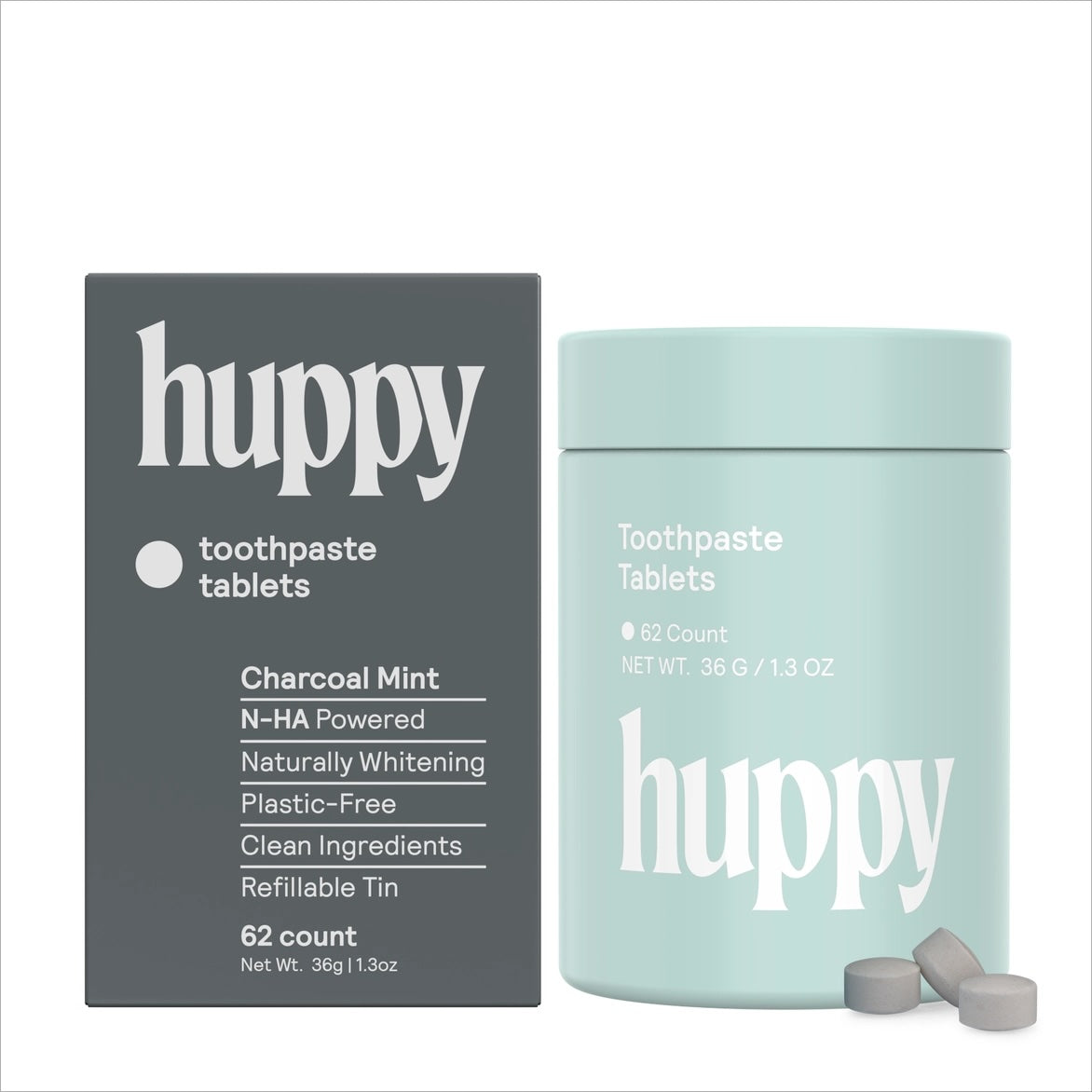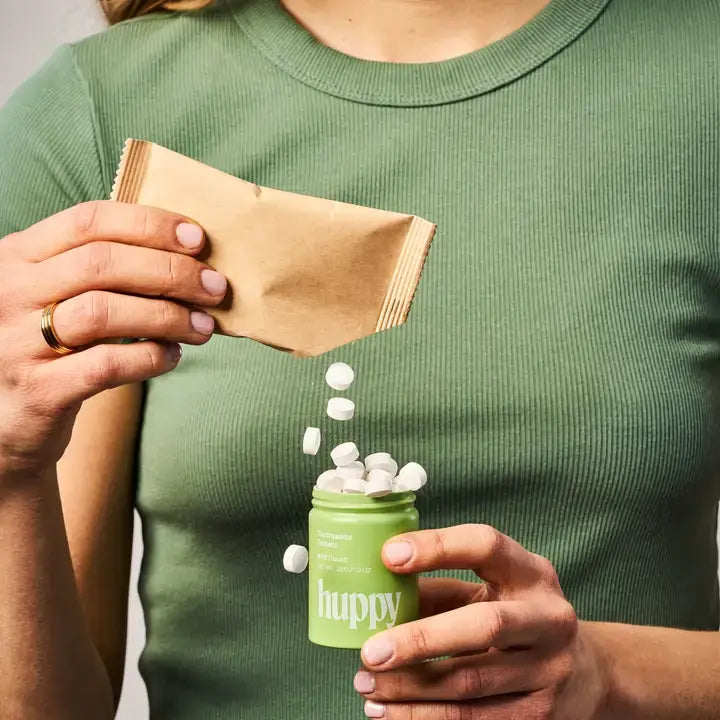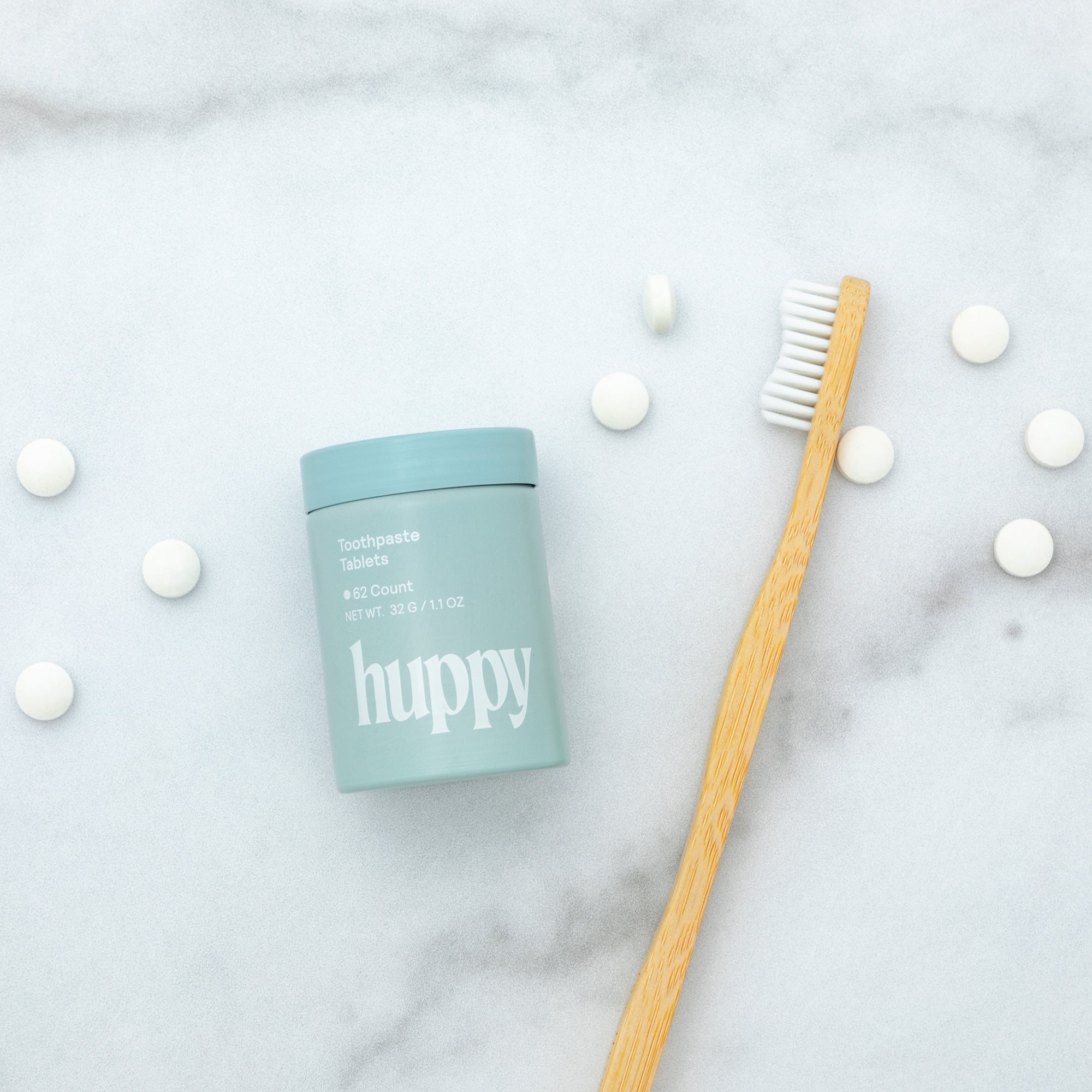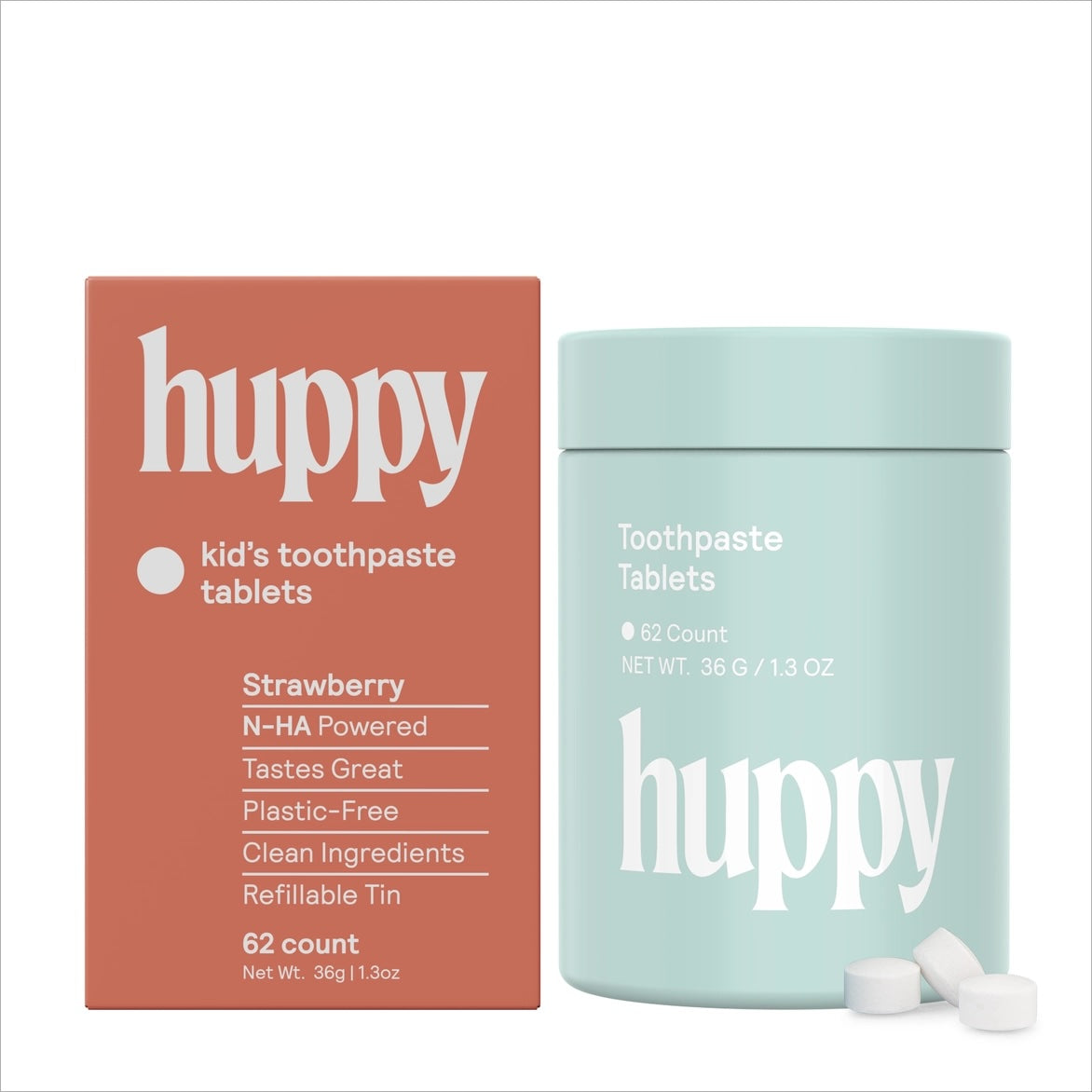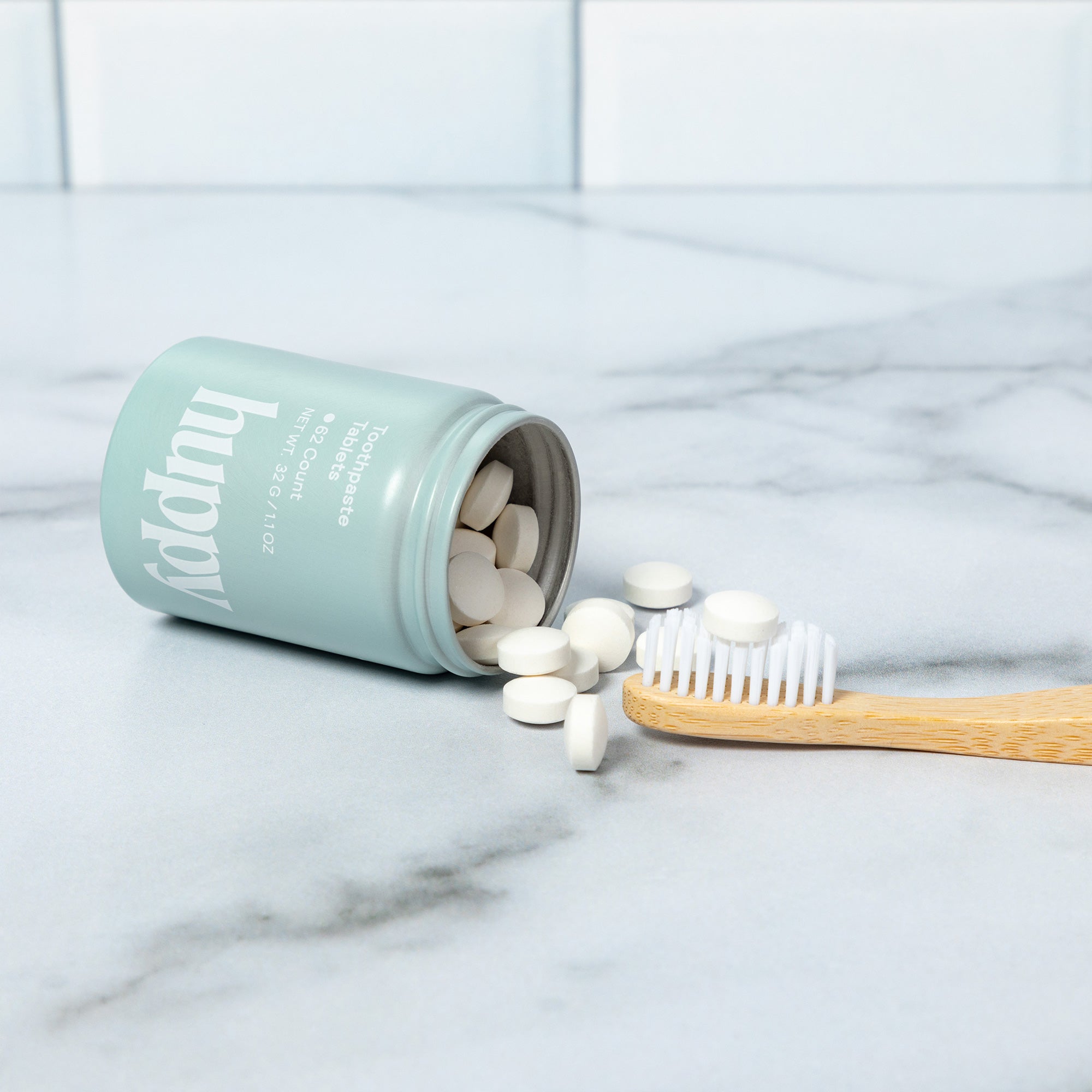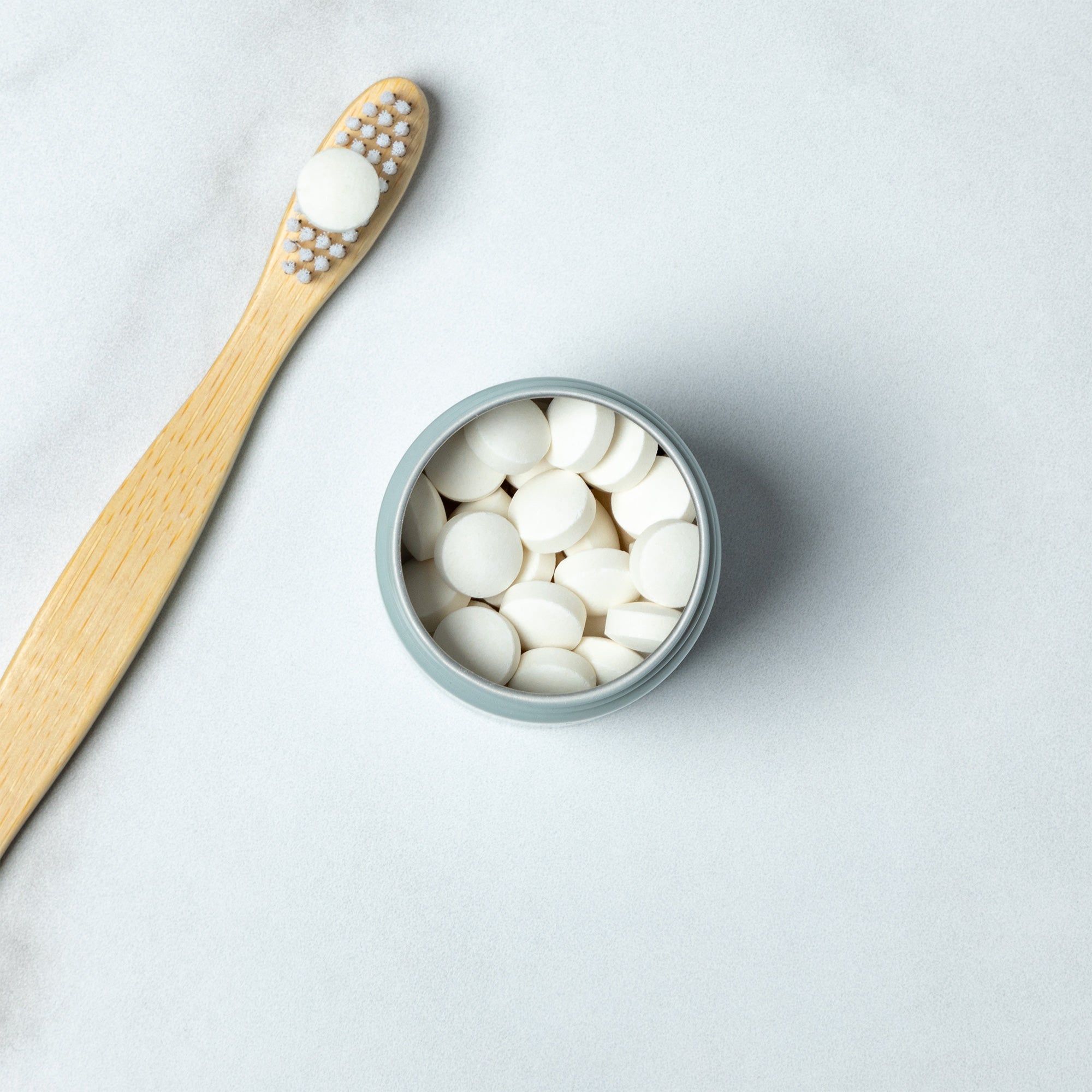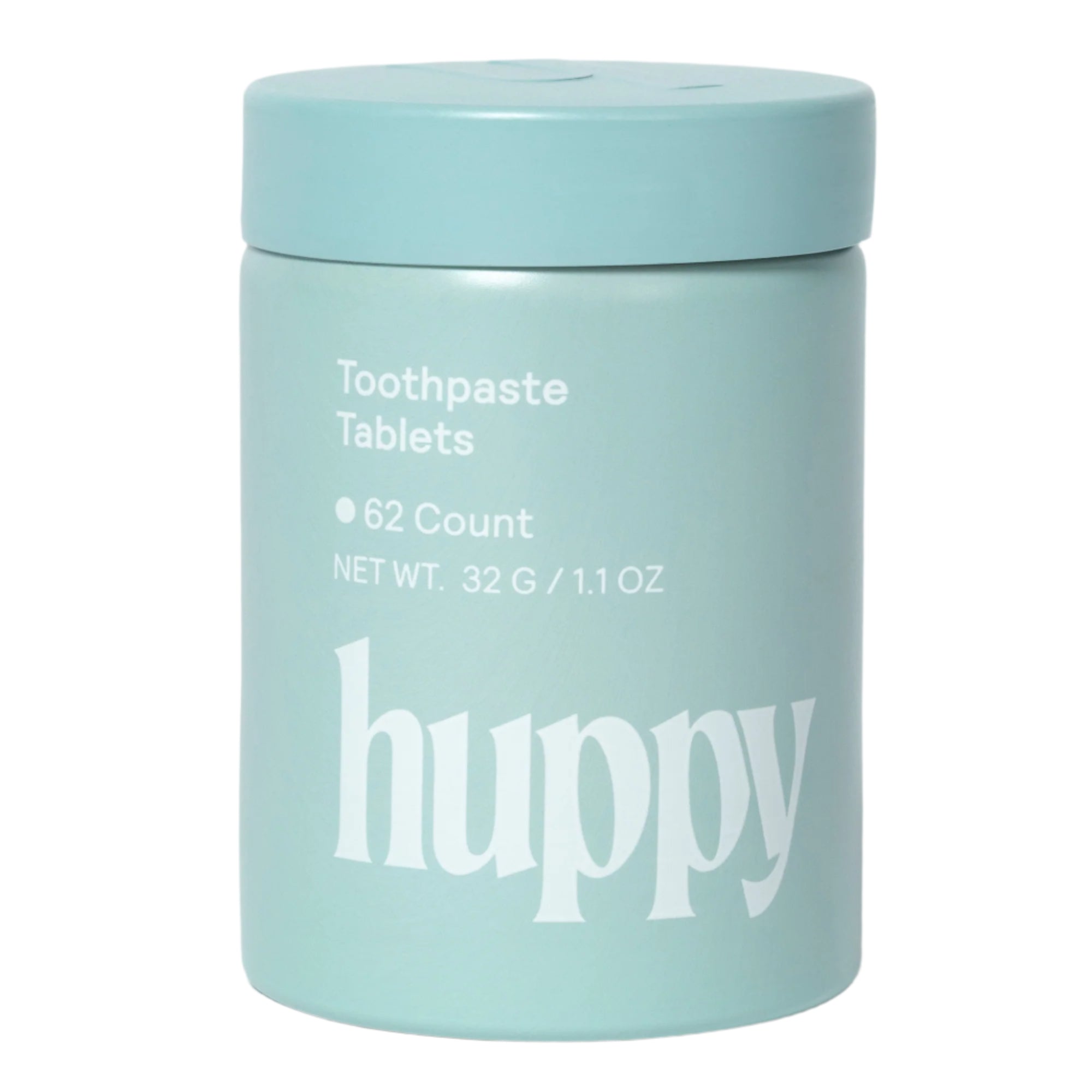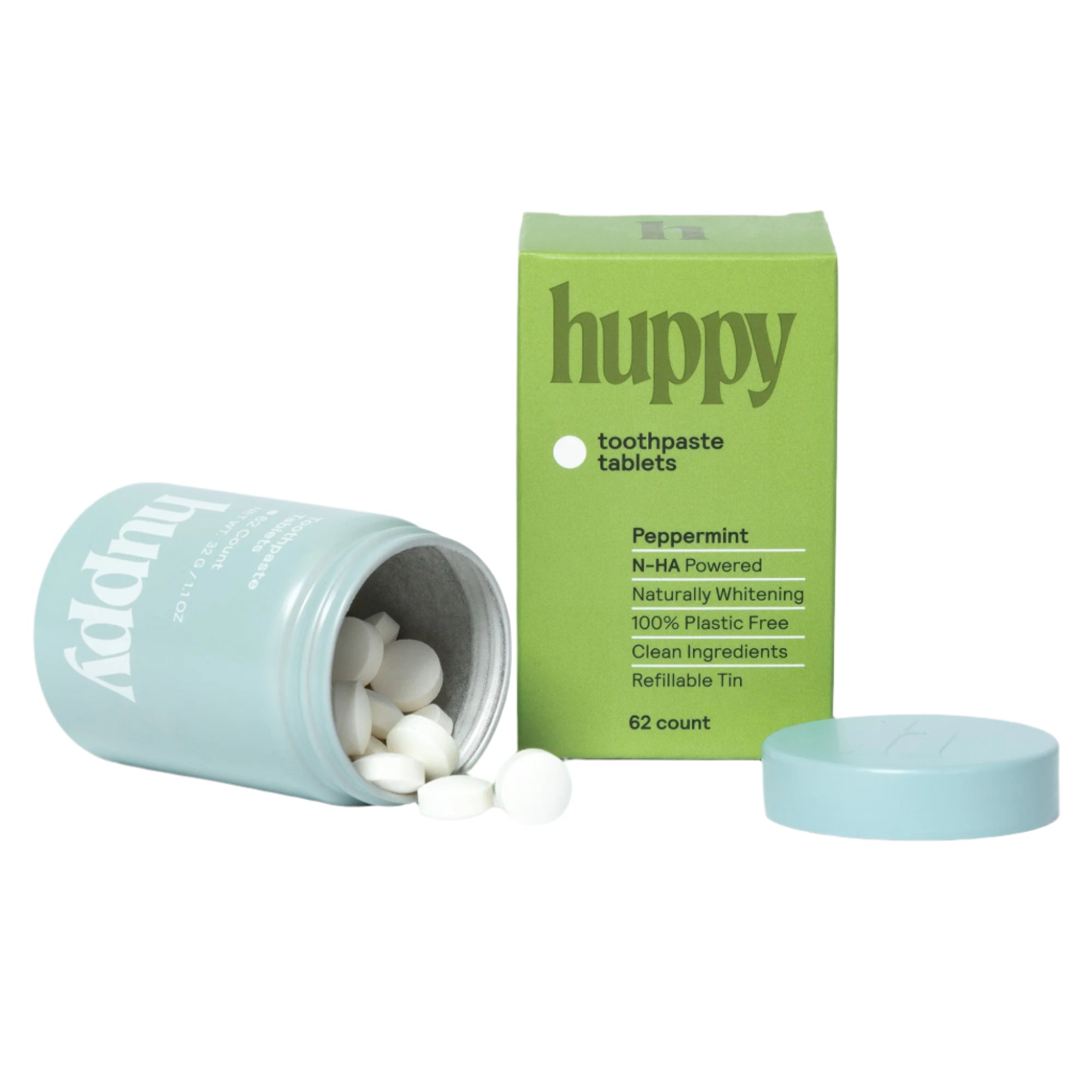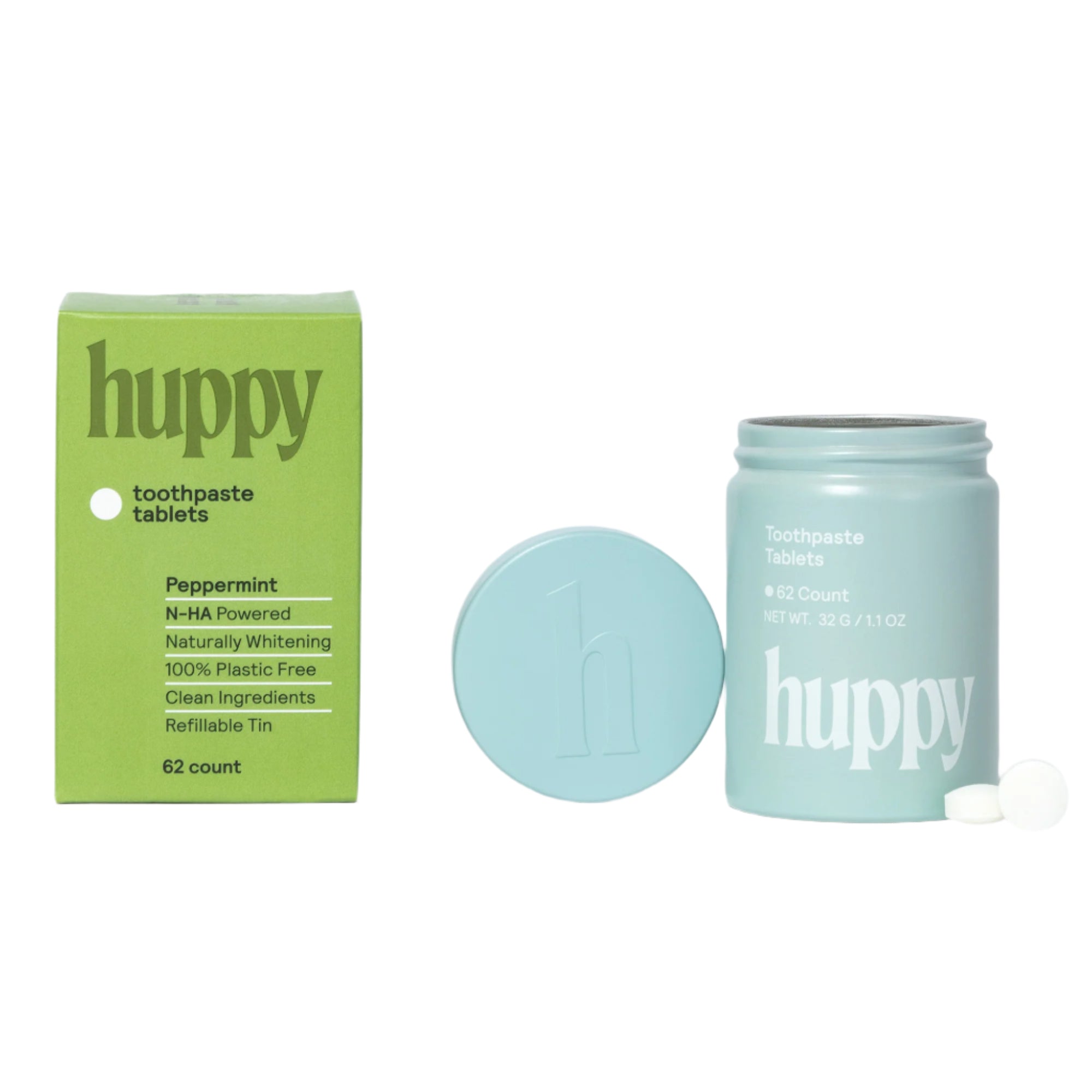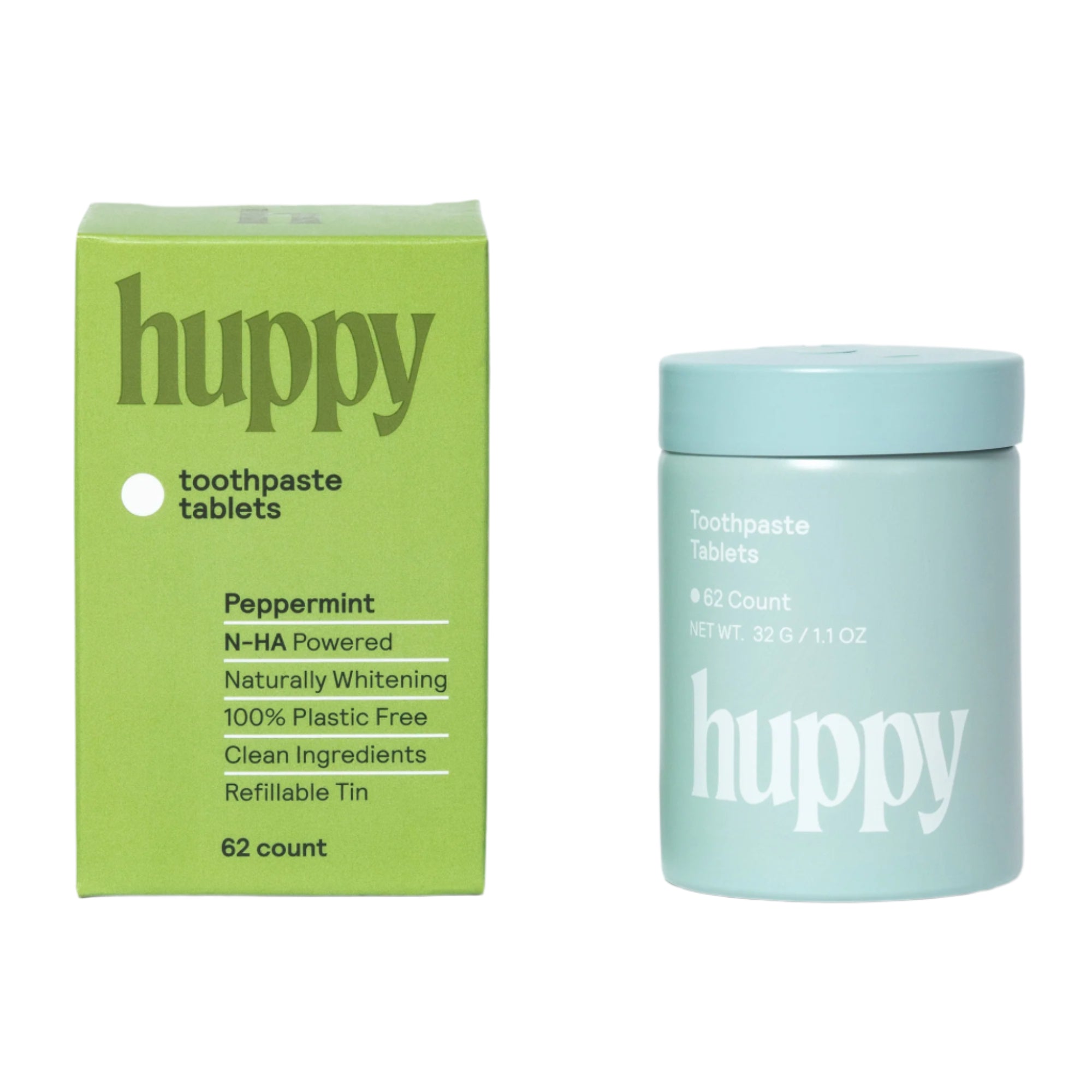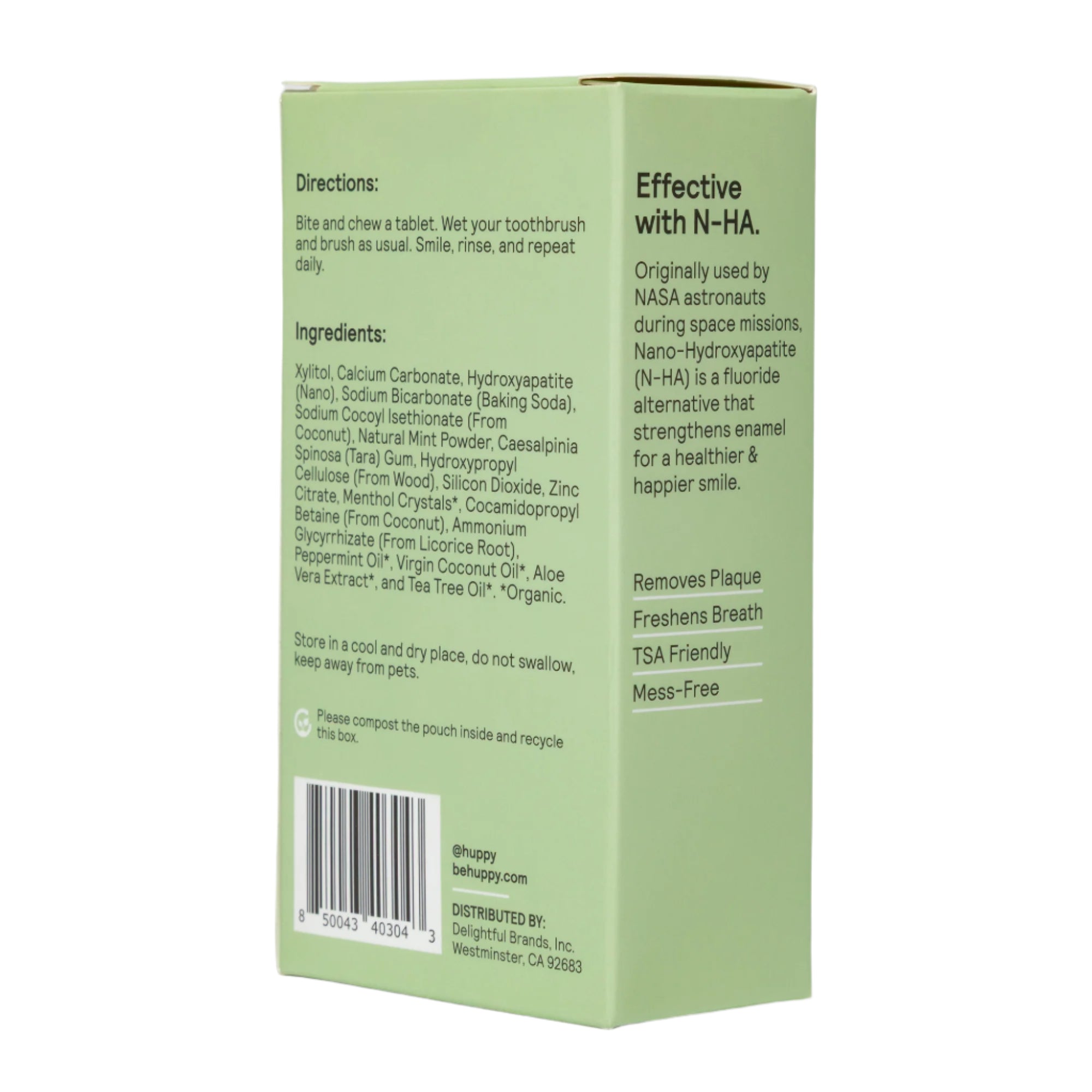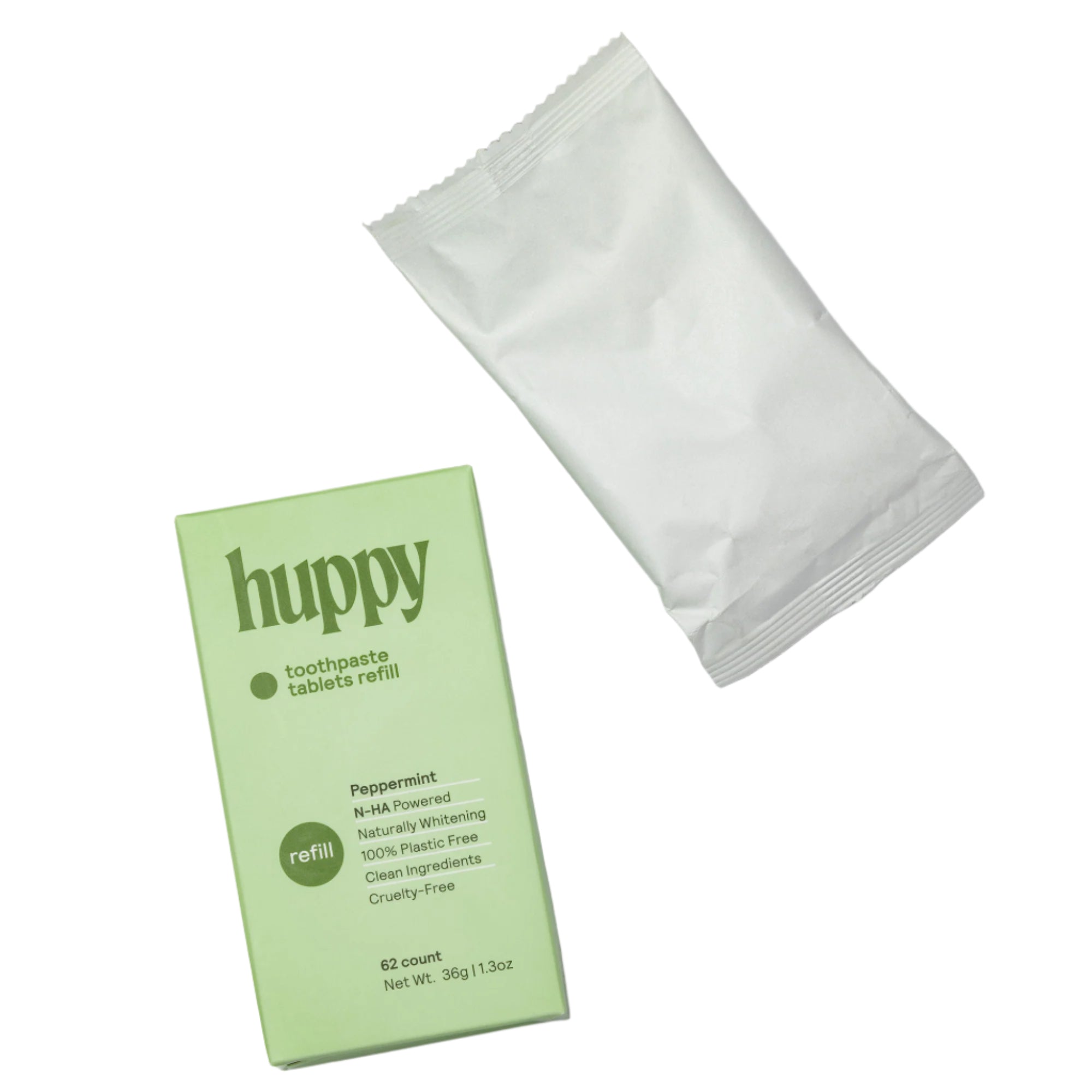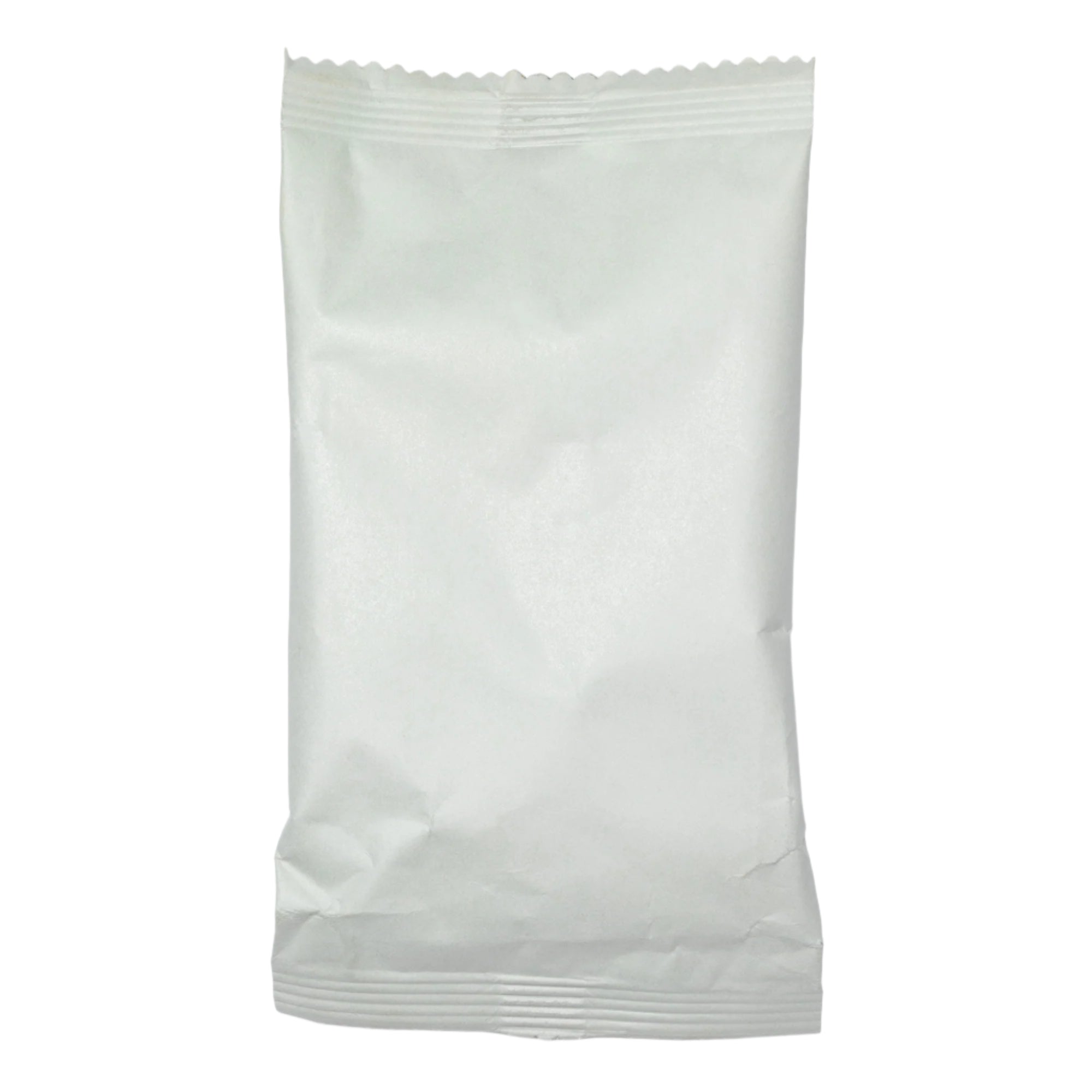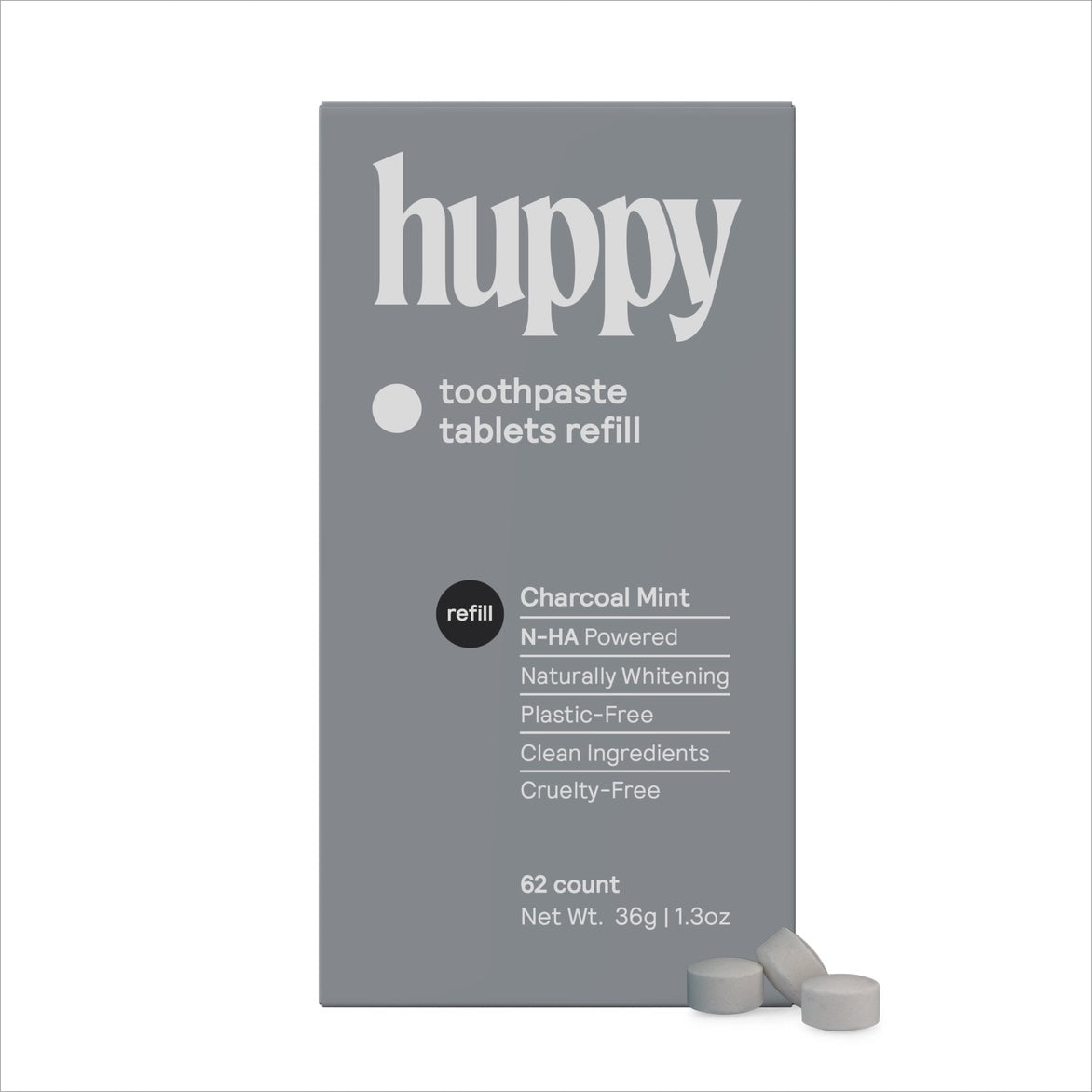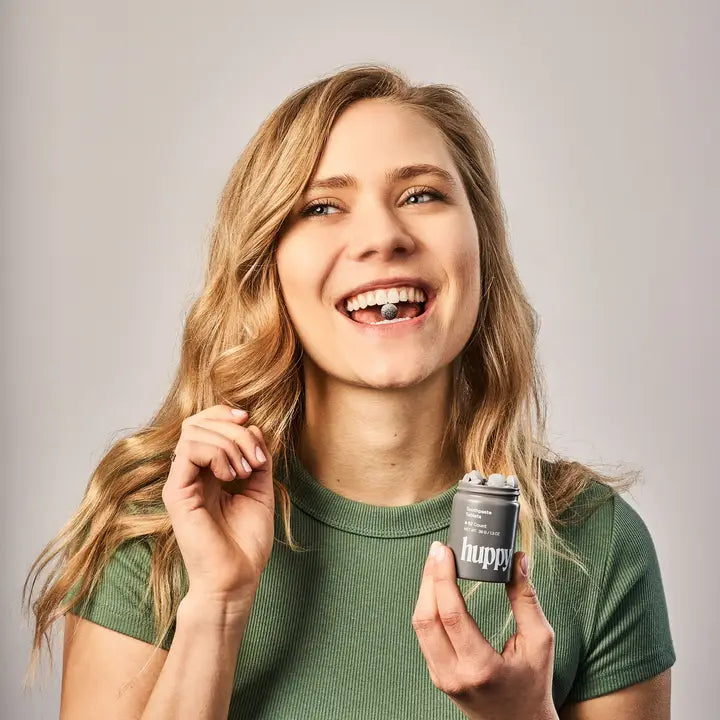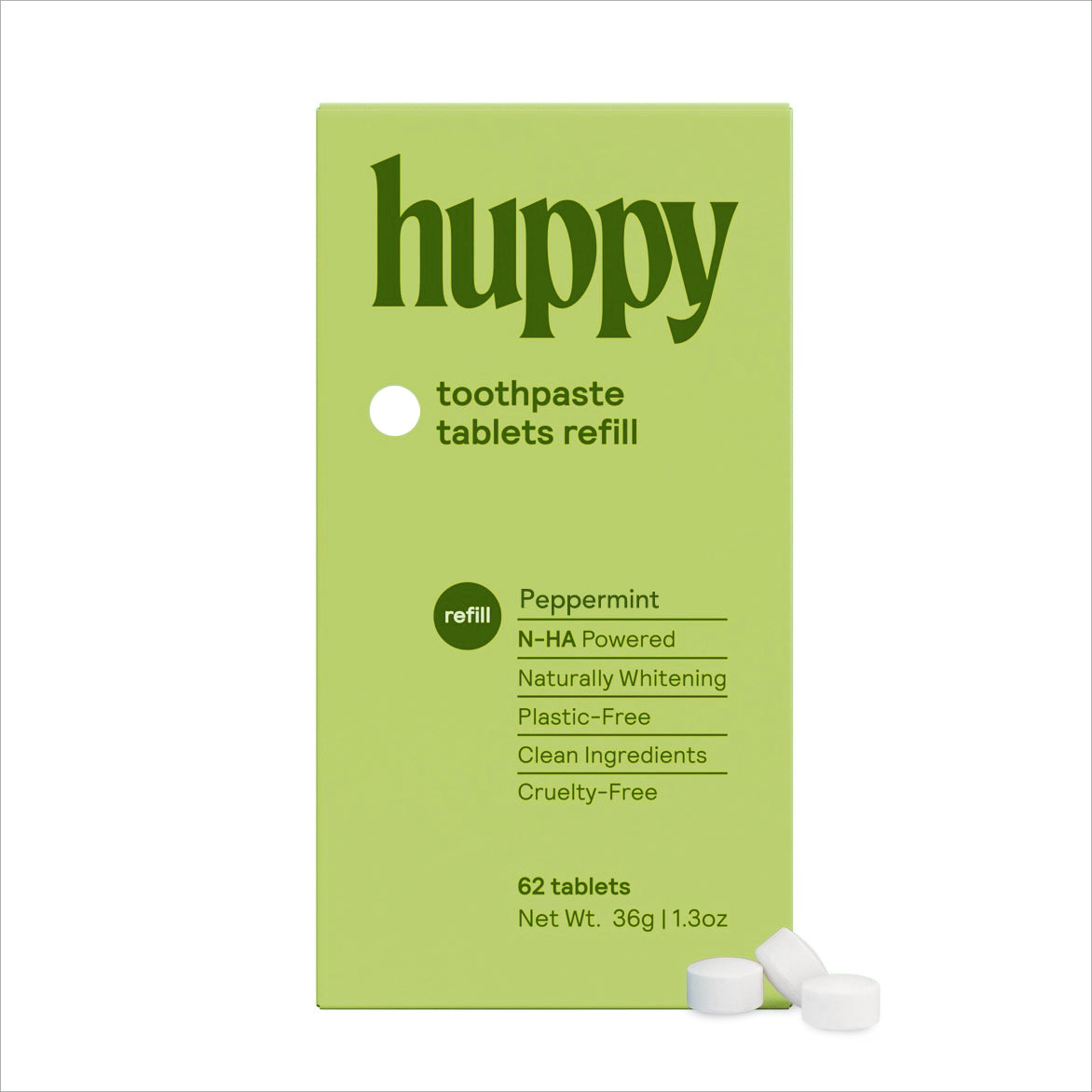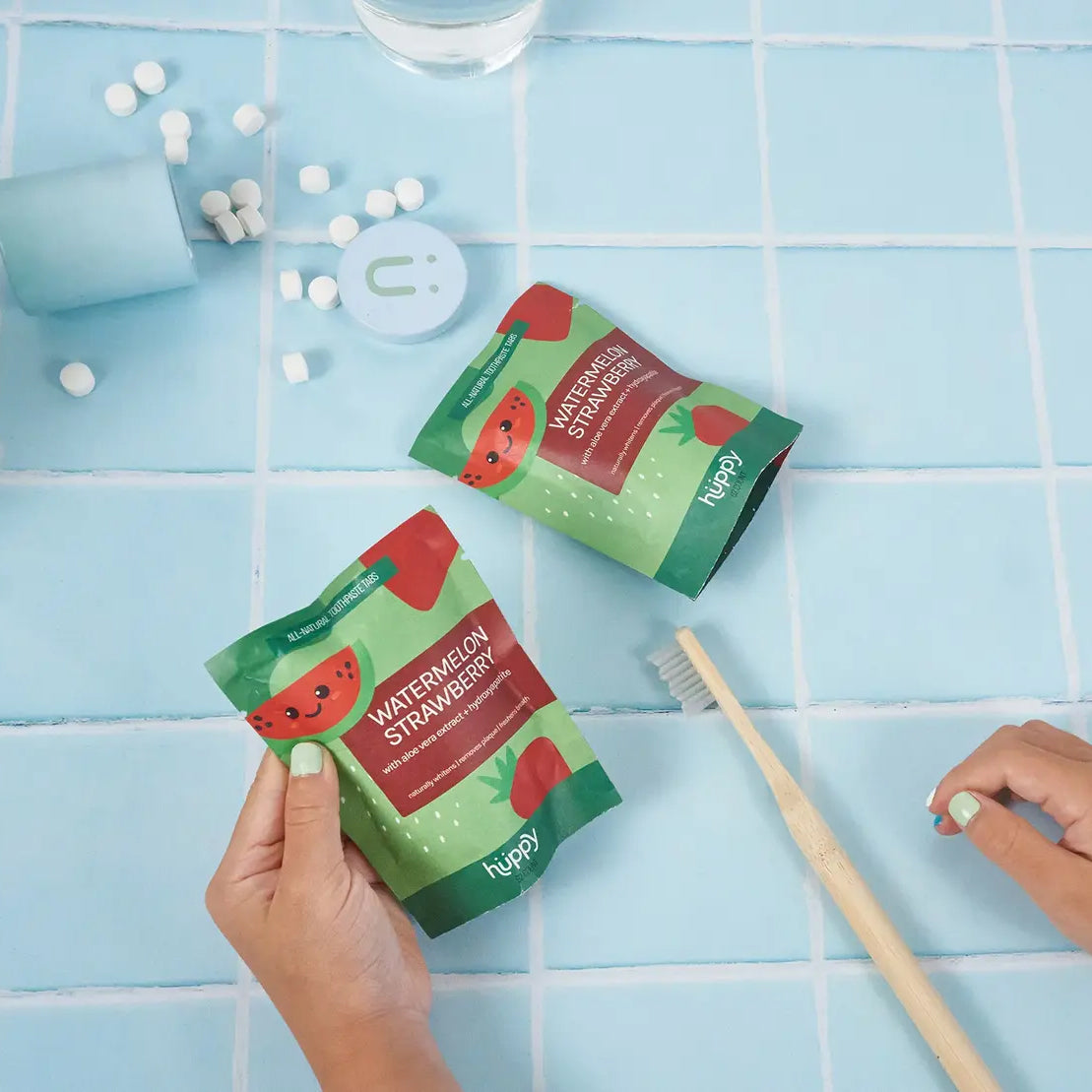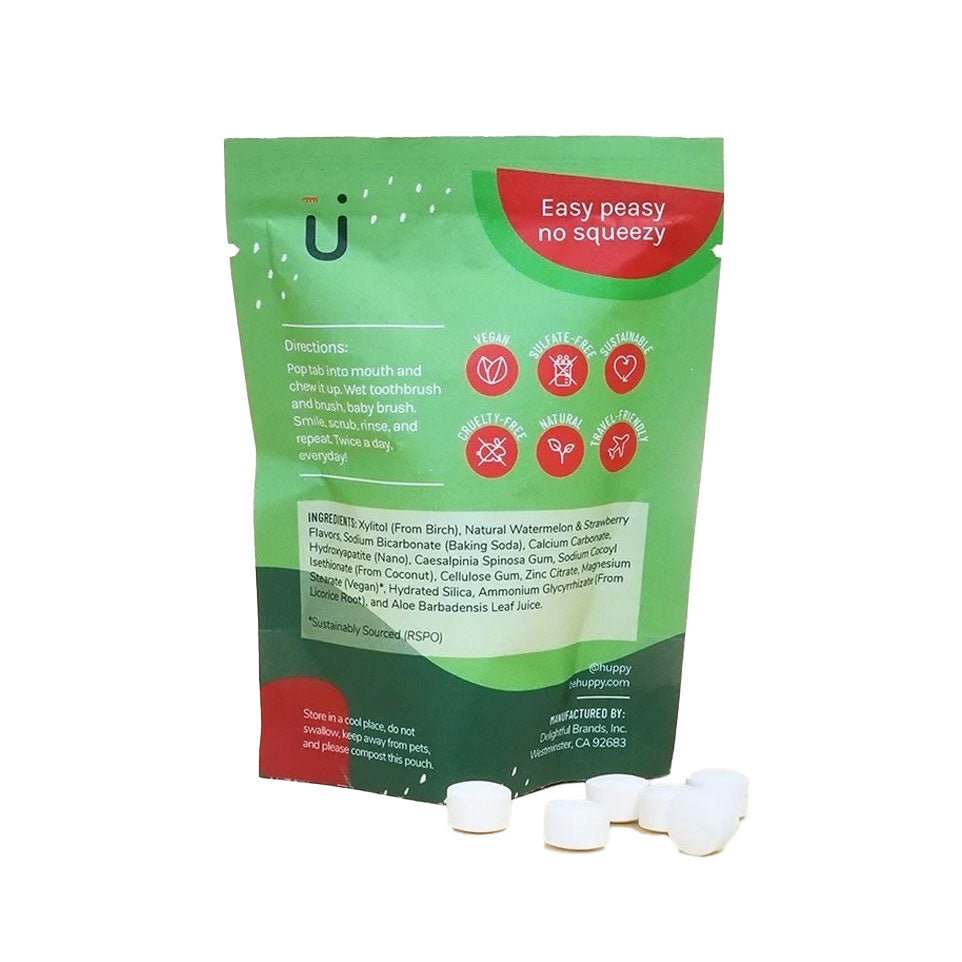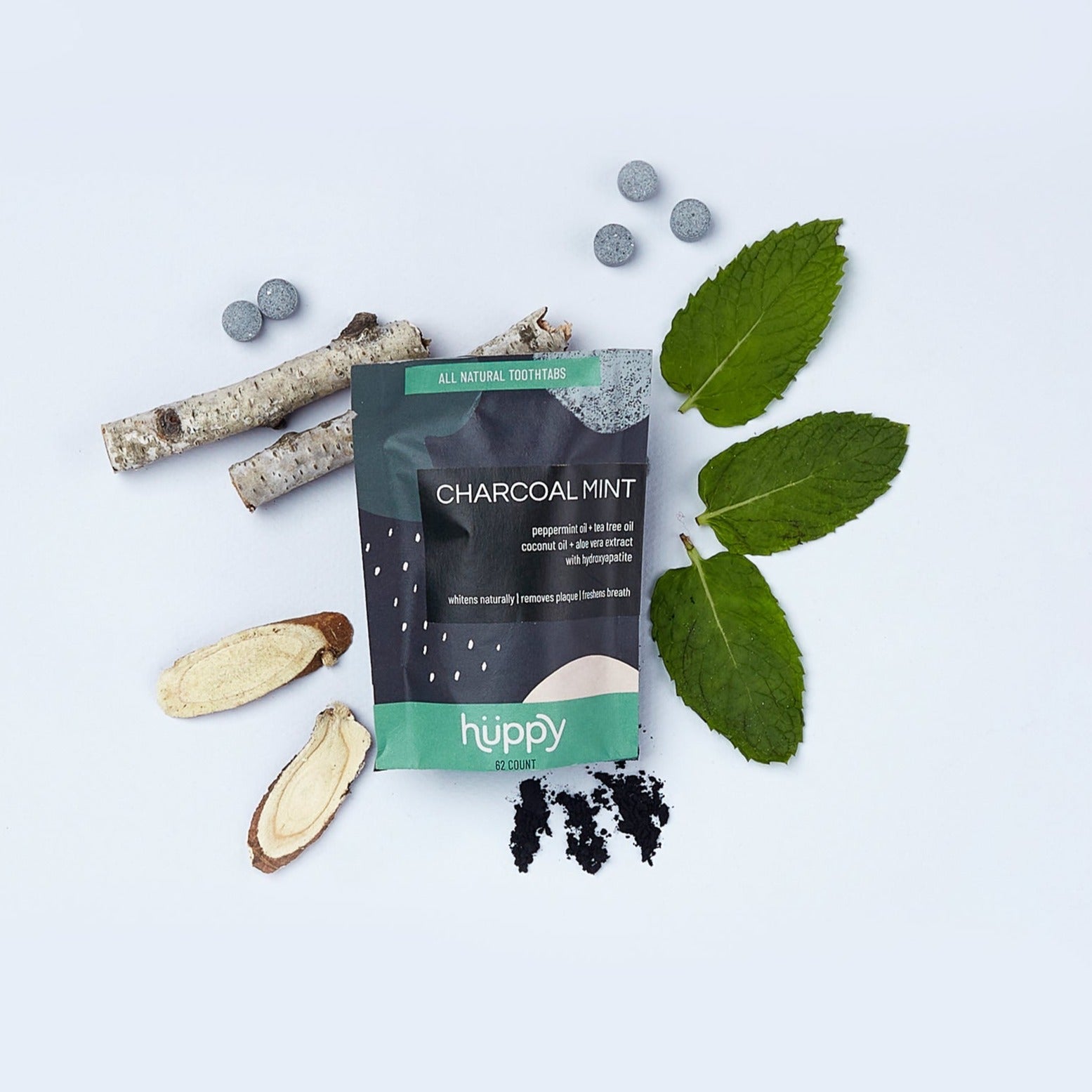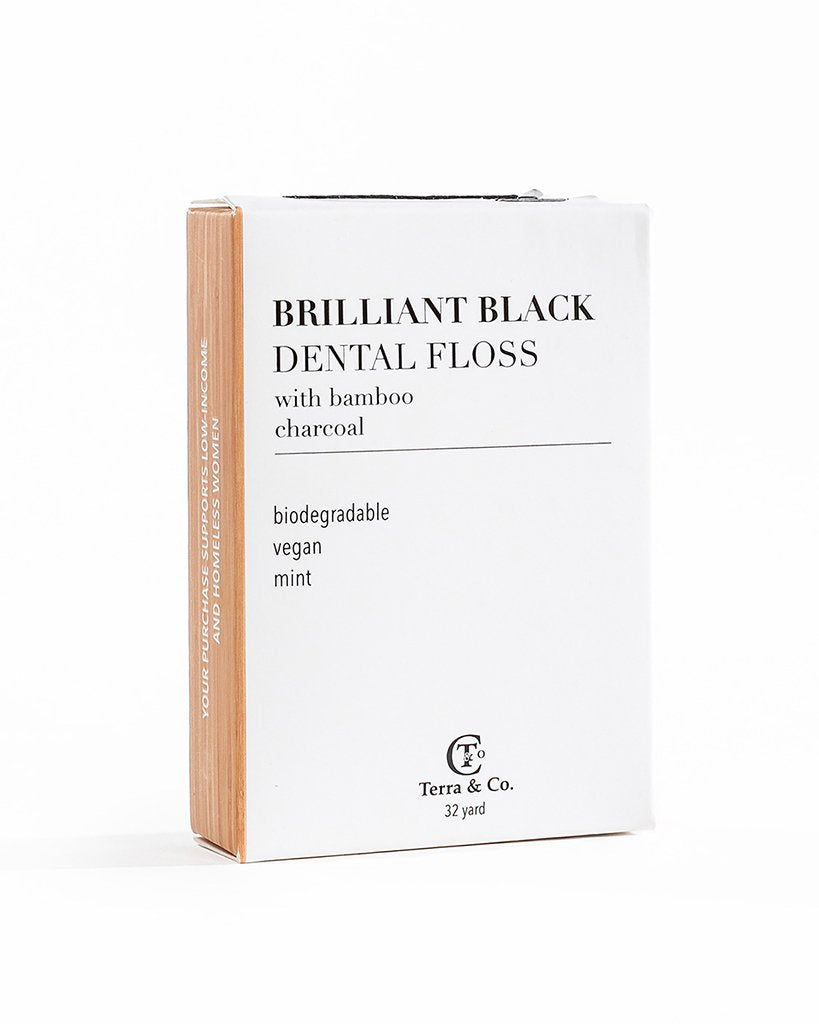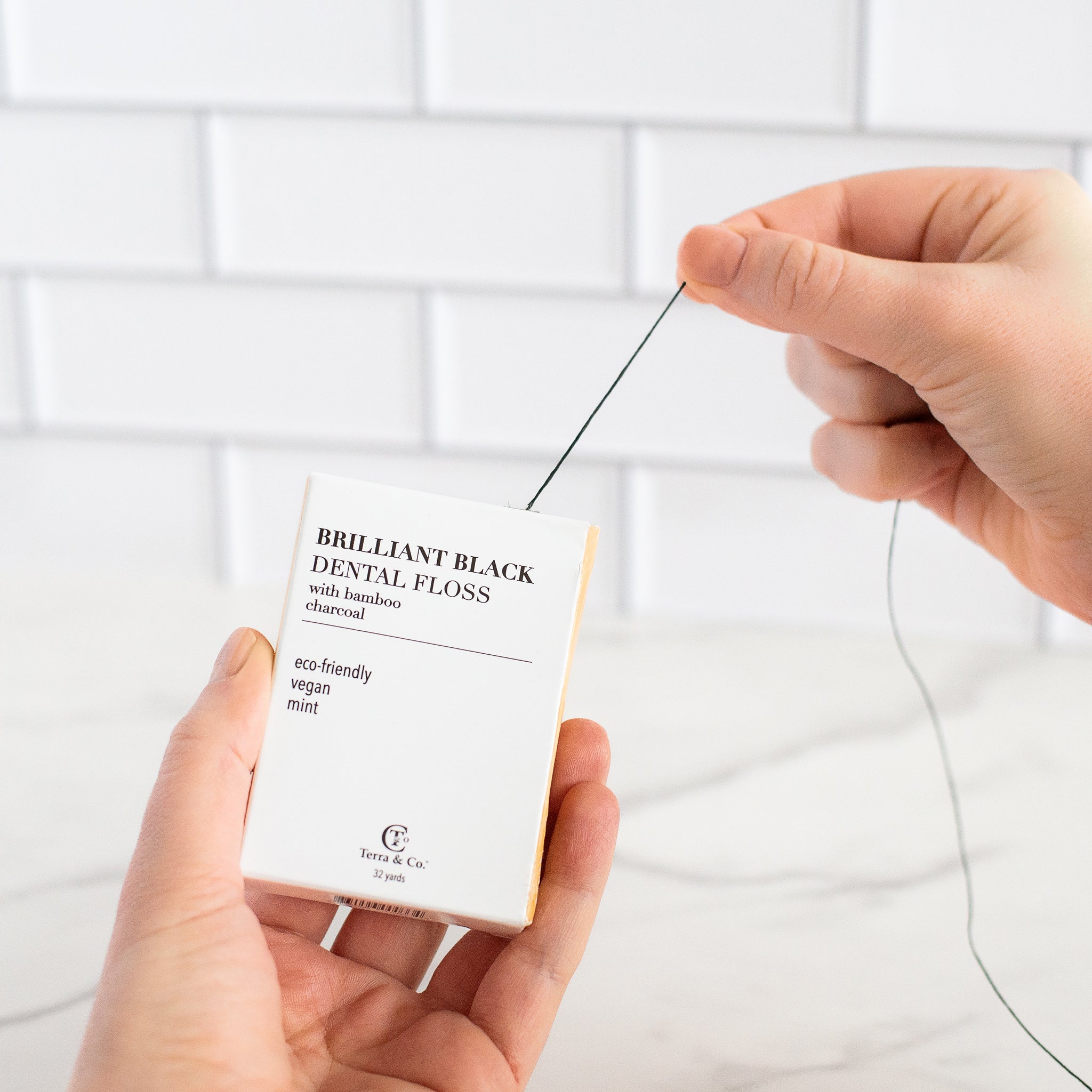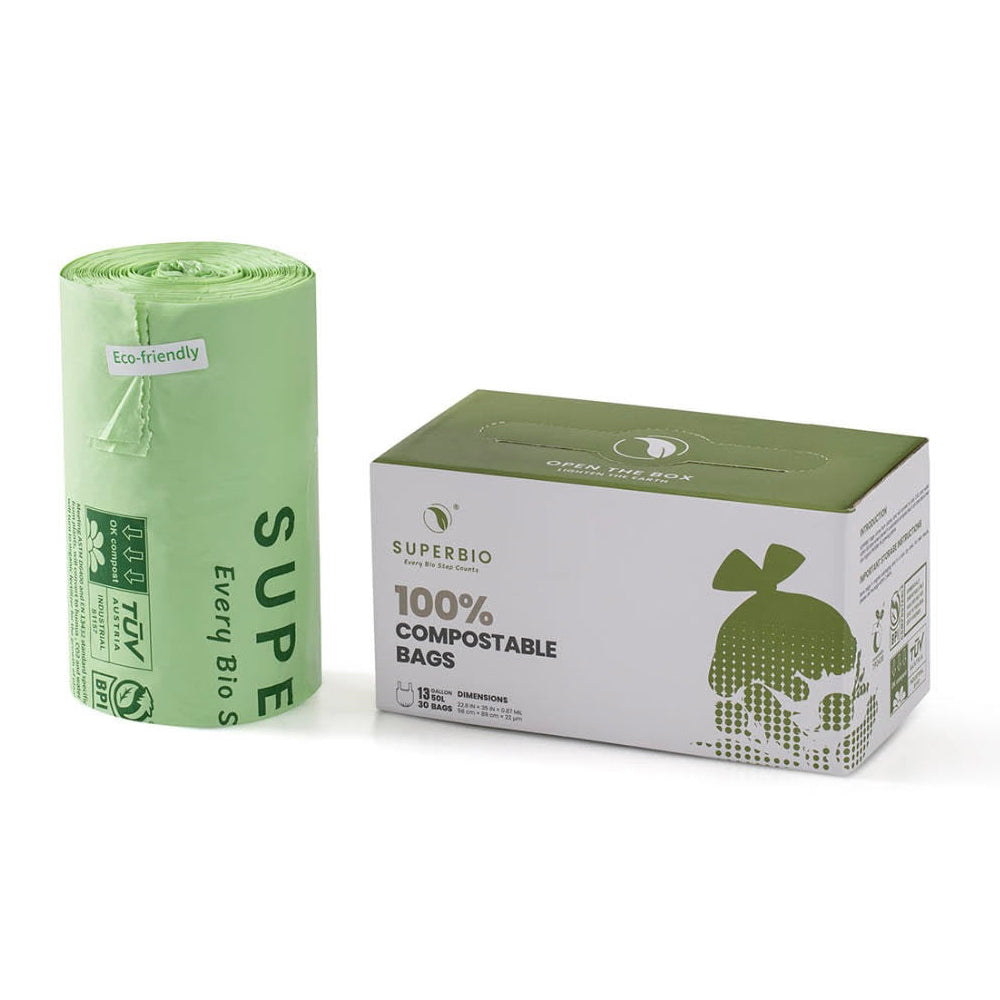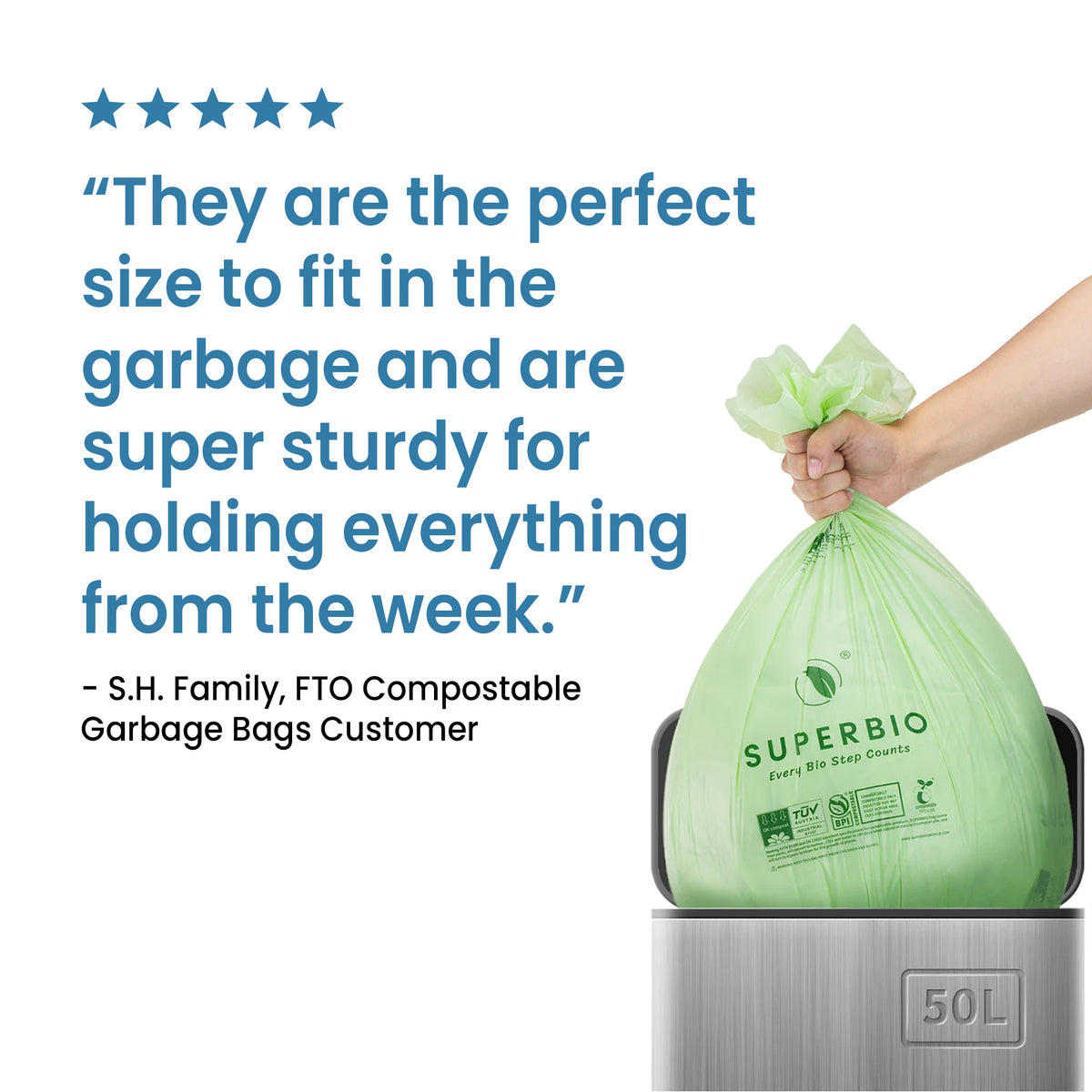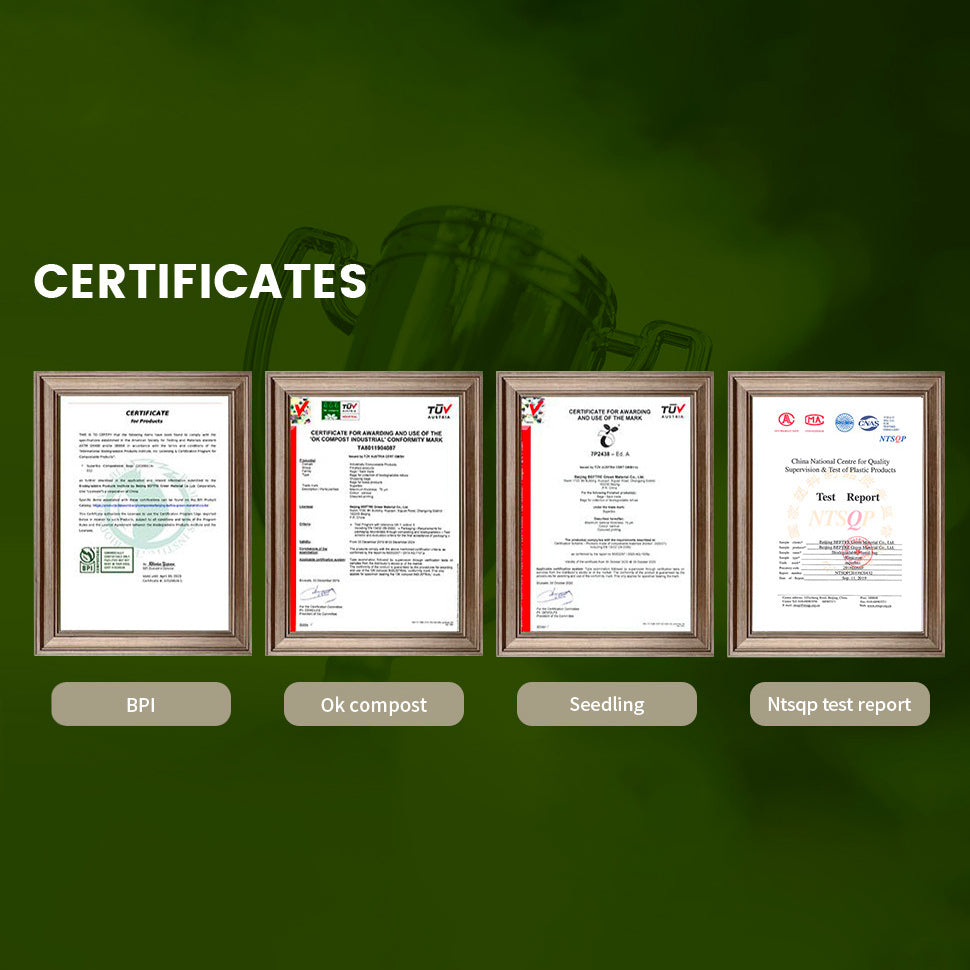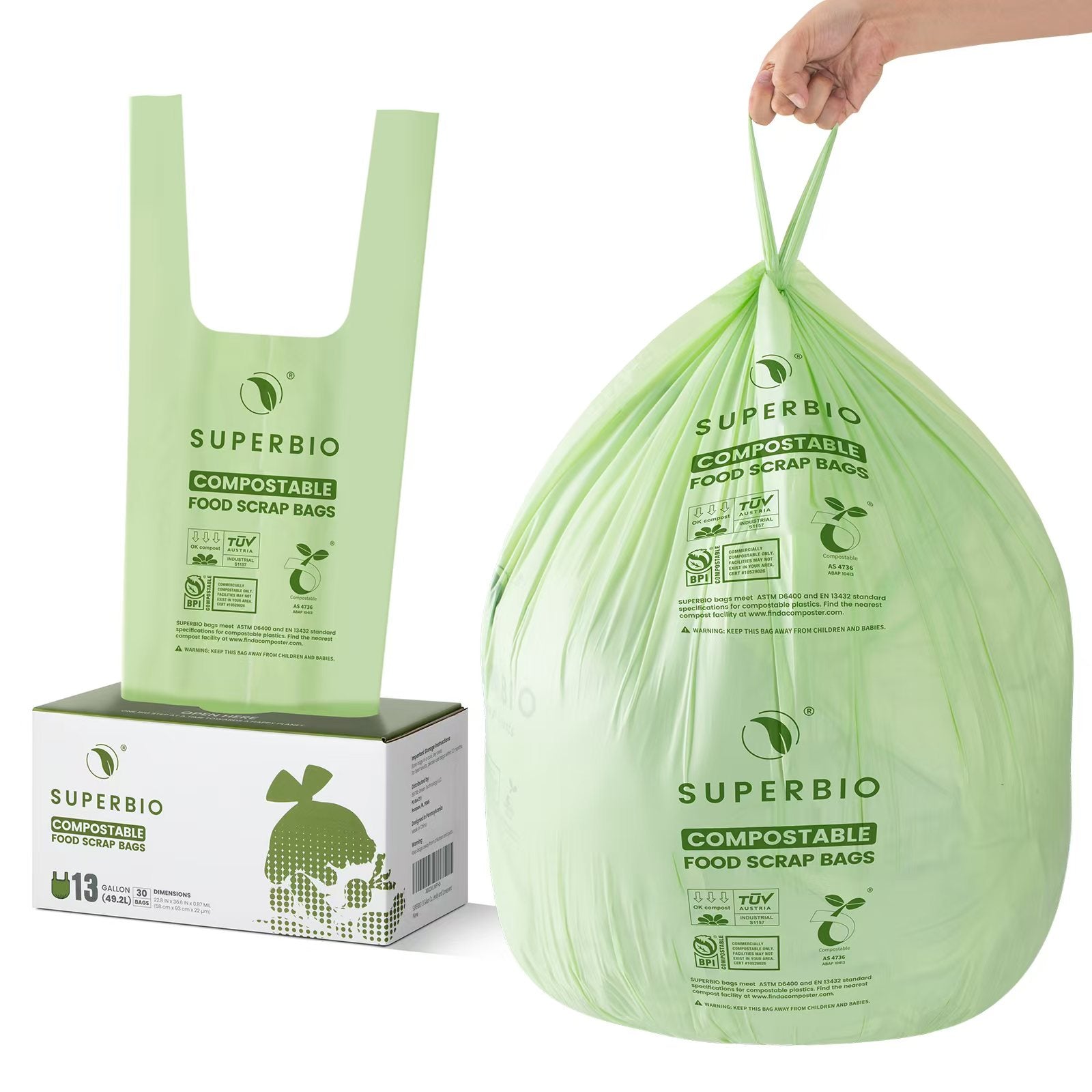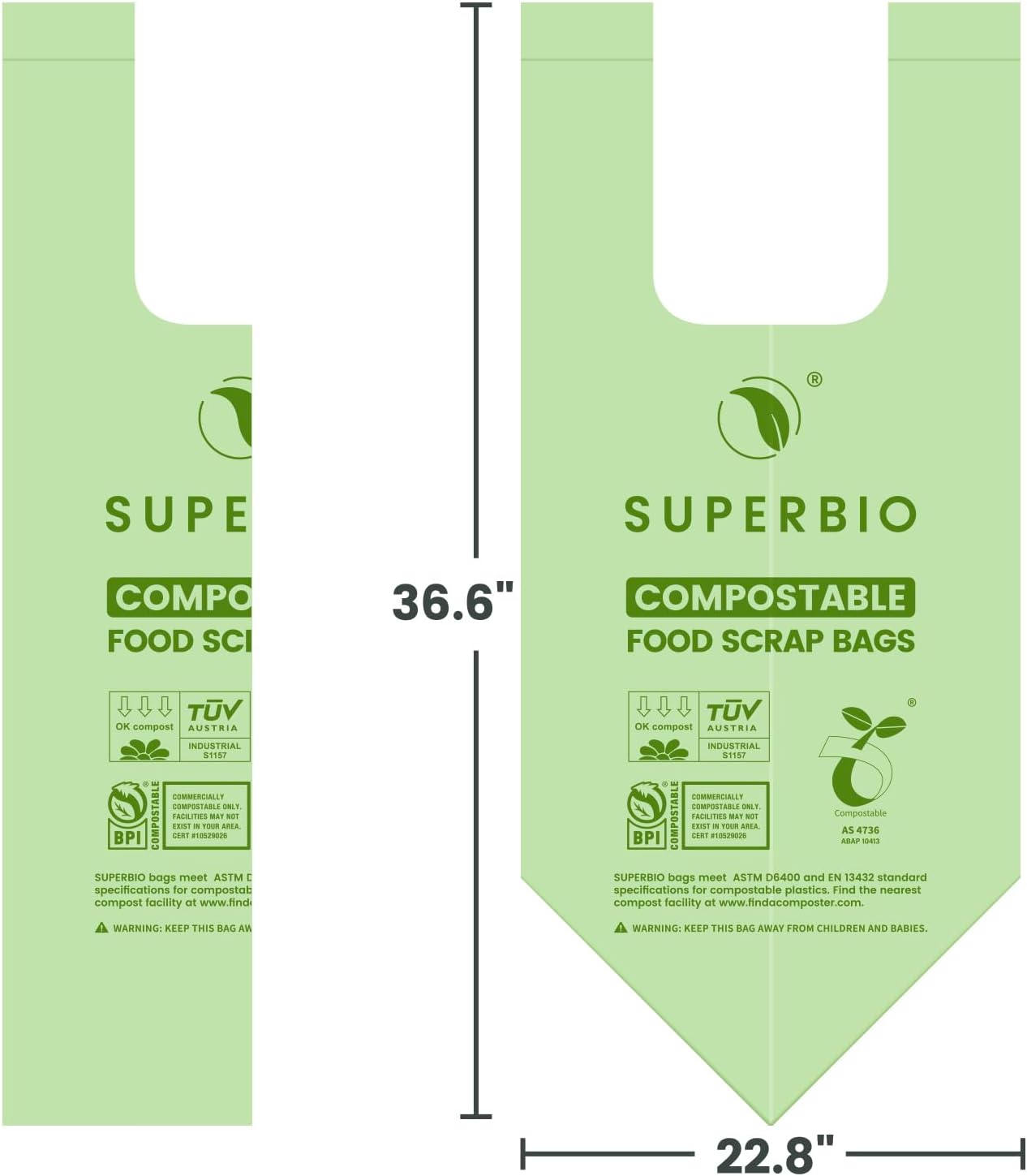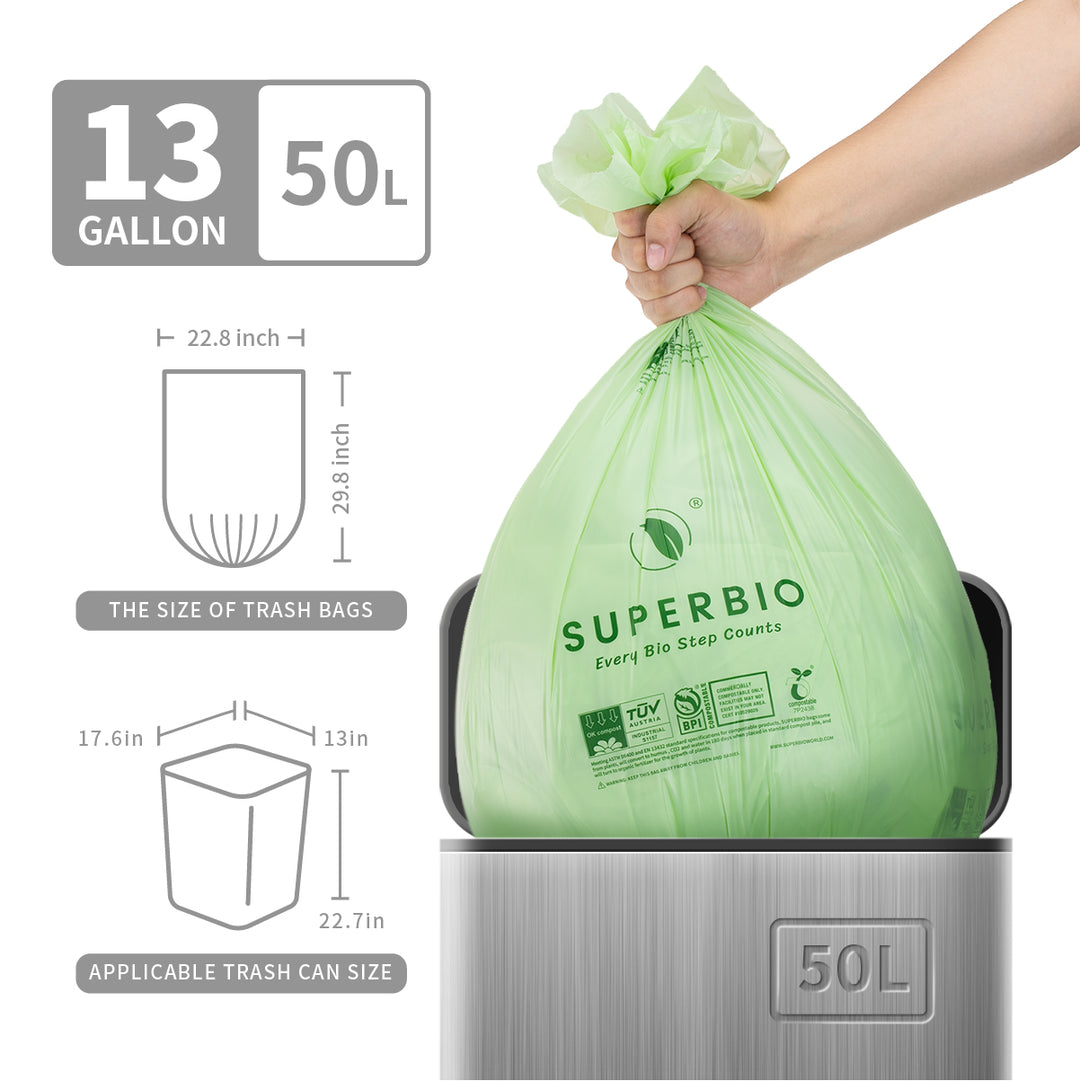Study Finds Sea Animals Face Lethal Risks Even From Small Plastic Pieces
Scientists have long known that ocean animals swallow plastic, but new research quantifies the danger with stark precision. A global analysis of 10,412 necropsies shows that even modest amounts of macro plastic can be lethal to seabirds, sea turtles and marine mammals. Findings published in the Proceedings of the National Academy of Sciences outline how quickly plastic becomes fatal, based on the type and volume consumed.
The thresholds are shockingly low. Seabirds reach a 90% risk of death after ingesting about 23 pieces of plastic, while marine mammals hit that danger zone at 29 pieces, according to the BBC. Turtles require more material by volume due to size, yet even they succumb after consuming roughly the equivalent of two baseballs worth of plastic.

Small volumes of plastic can kill marine wildlife.
Different Plastics, Different Dangers
The type of plastic matters. Rubber fragments are especially hazardous to seabirds; just six pieces smaller than a pea can be fatal, the Los Angeles Times reports. Marine mammals face the greatest danger from soft plastics and fishing debris, while turtles are vulnerable to a mix of soft and hard plastics.
Researchers found plastic inside 47% of sea turtles, 35% of seabirds, and 12% of marine mammals examined worldwide. Many animals likely mistake these items for prey. Turtles often take floating bags for jellyfish, while birds pick up fragments that resemble fish eggs, according to The Guardian.

Sea turtles often ingest plastic mistaken for prey.
The Hidden Scale of Harm
The study focused only on ingestion. It did not capture the impacts of entanglement, strangulation, blocked airways, or toxins absorbed from plastic, meaning the true mortality rate is almost certainly higher. Autopsy reports frequently described ruptures, blockages or twisted intestines caused by swallowed debris, the Los Angeles Times reports.
Even small volumes matter. According to the New York Times, a puffin can die from less than three sugar cubes worth of soft plastic, while a harbor porpoise can reach lethal exposure with material equal to a soccer ball.

Less than three sugar cubes of plastic can kill a puffin.
Rising Threats in a Plastic-Filled Ocean
With more than 12 million tons of plastic entering the ocean each year—a figure the United Nations expects to triple—animals face increasing pressure. Every species of sea turtle and every family of seabird and marine mammal has recorded plastic ingestion. The new thresholds give policymakers clearer evidence as countries debate limits on production, improved waste systems, and local cleanup strategies, The Guardian reports.
The science leaves little doubt. A small amount of plastic is enough to end a life at sea.


























































































